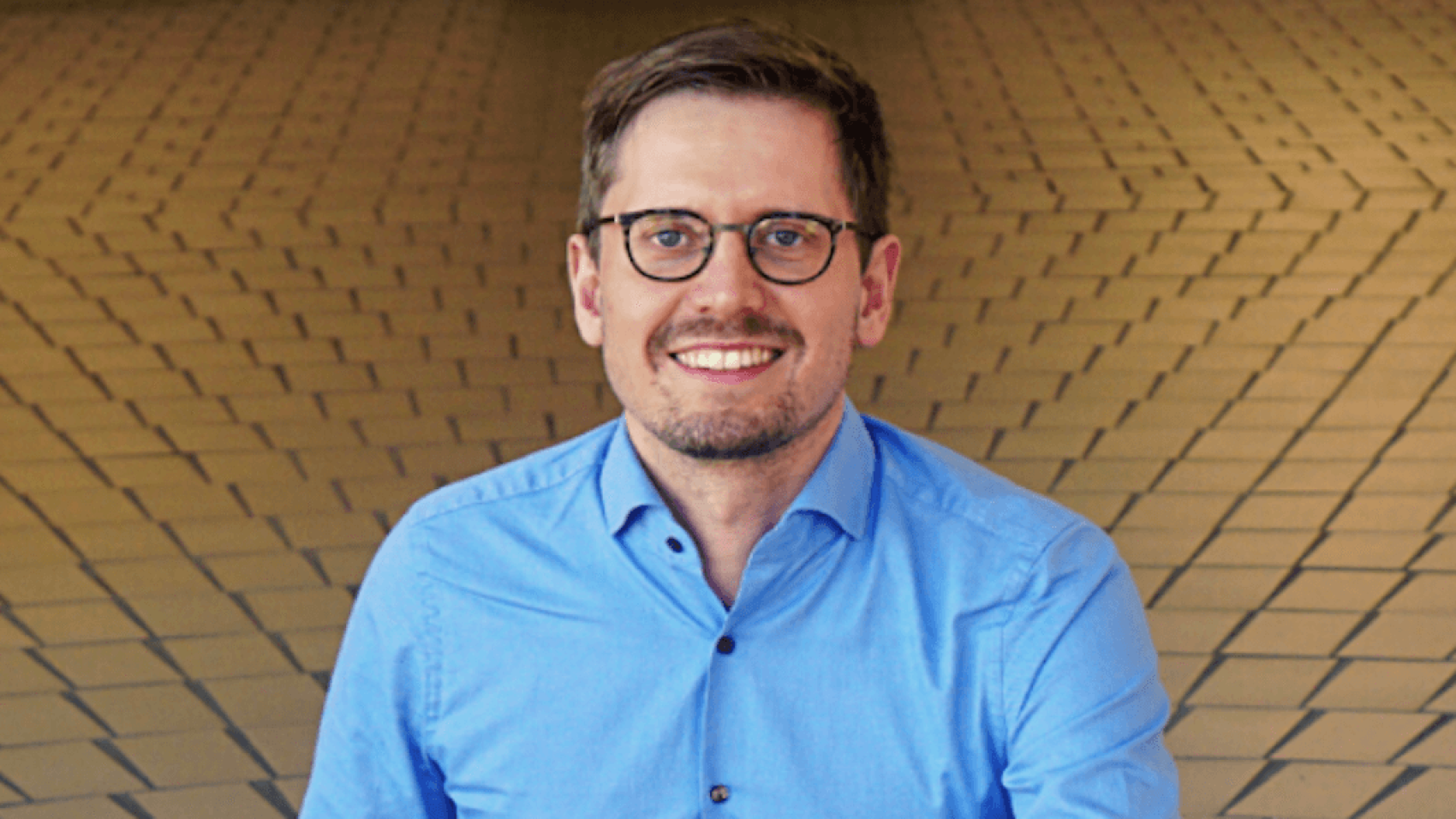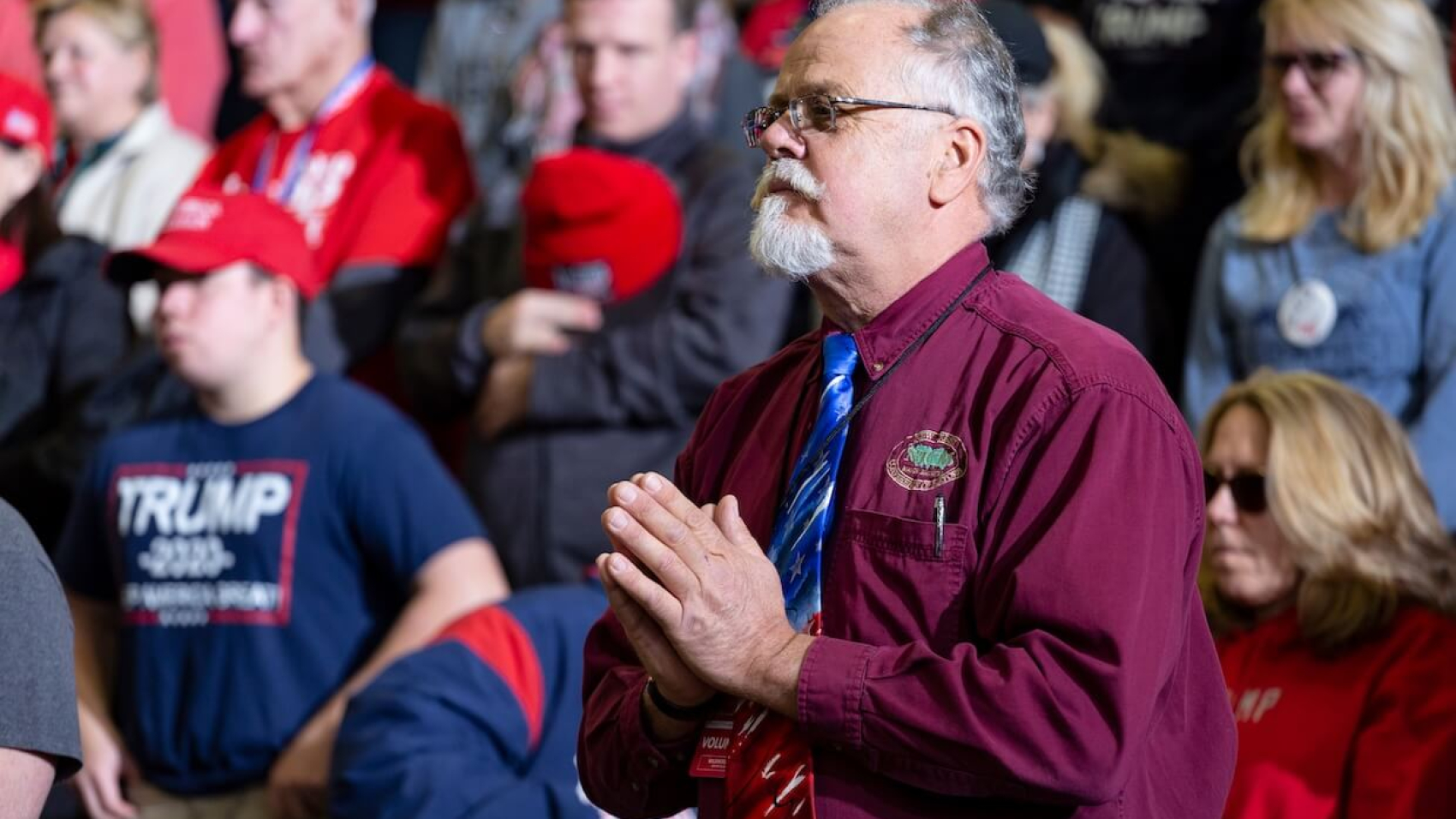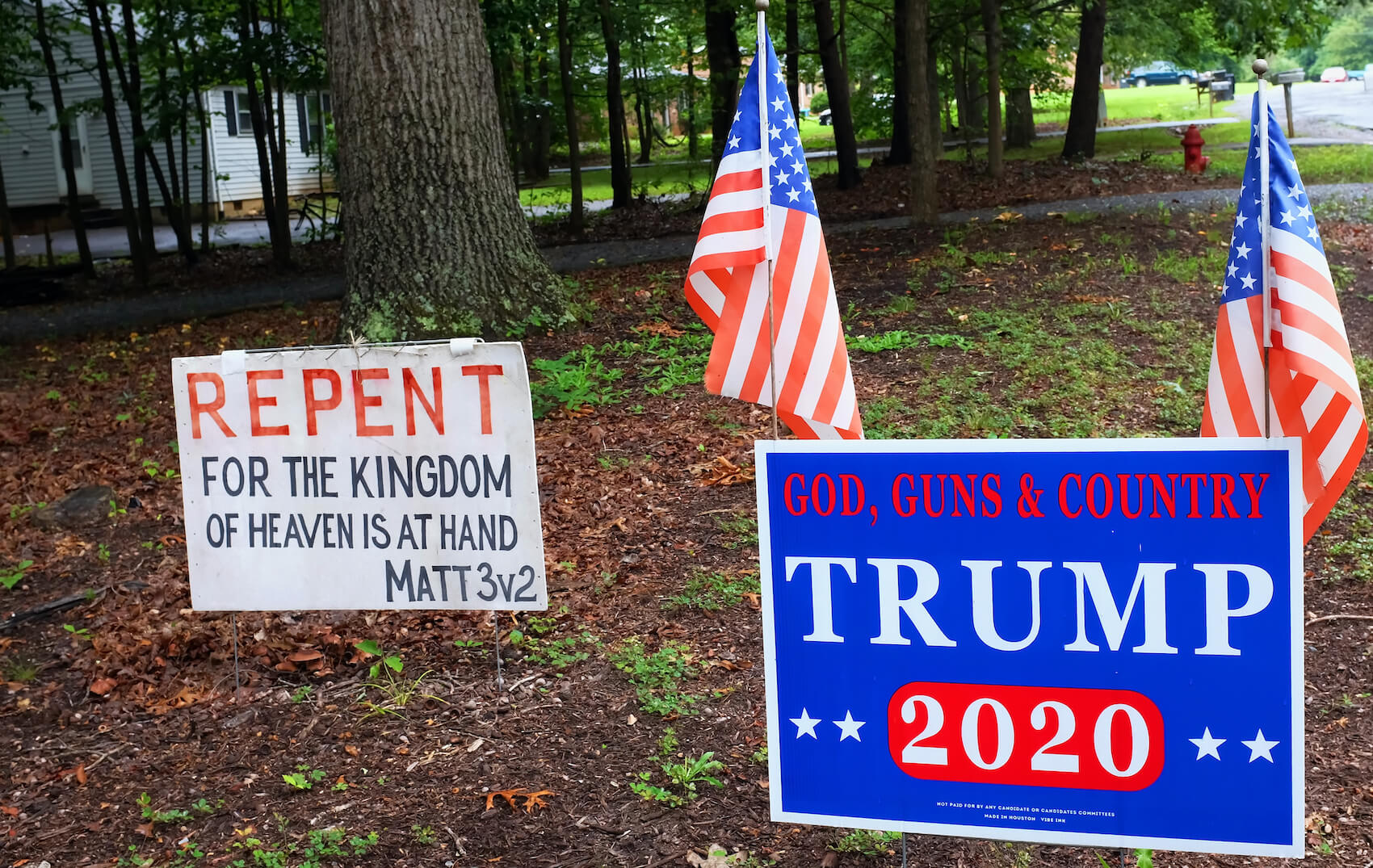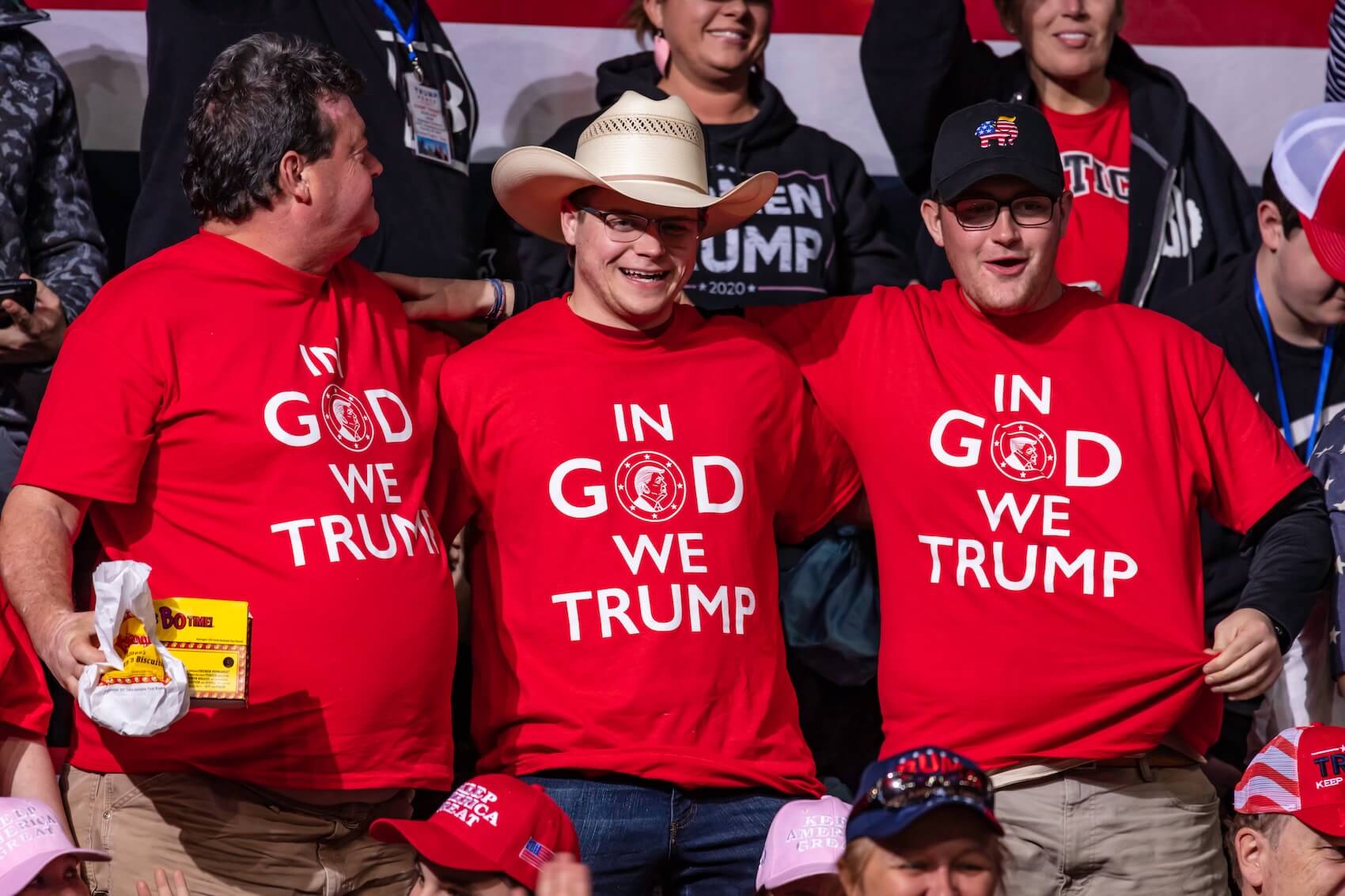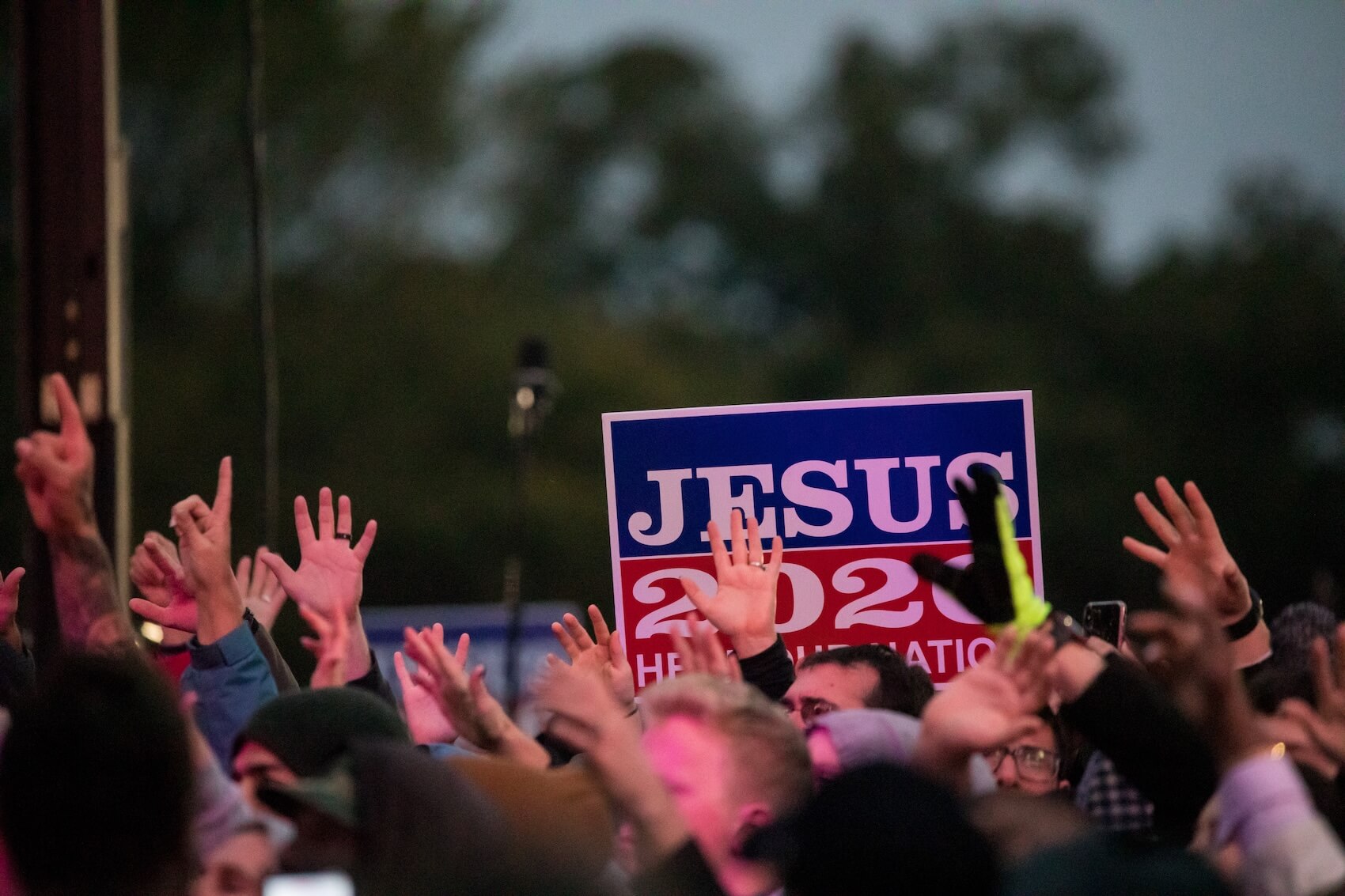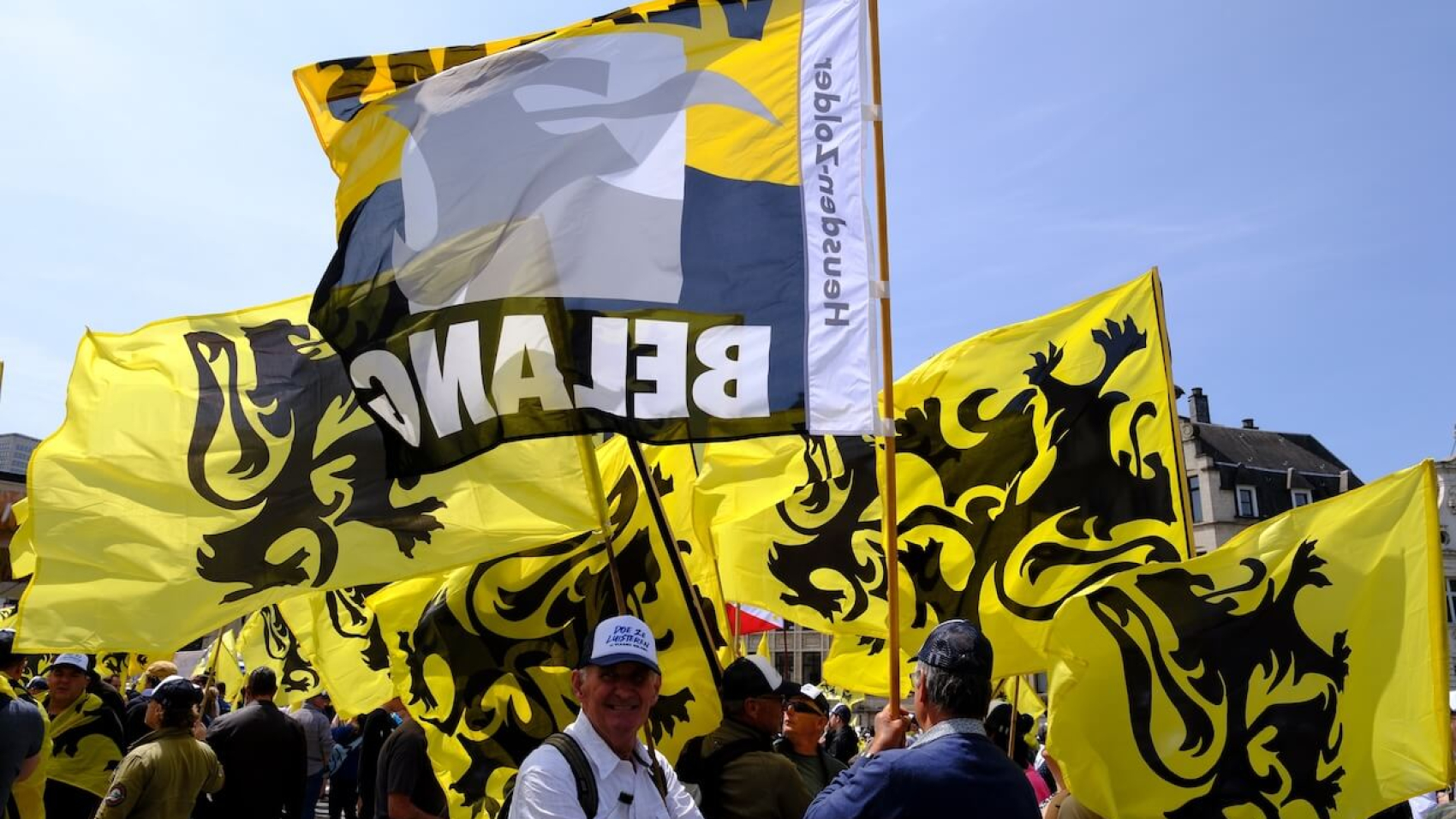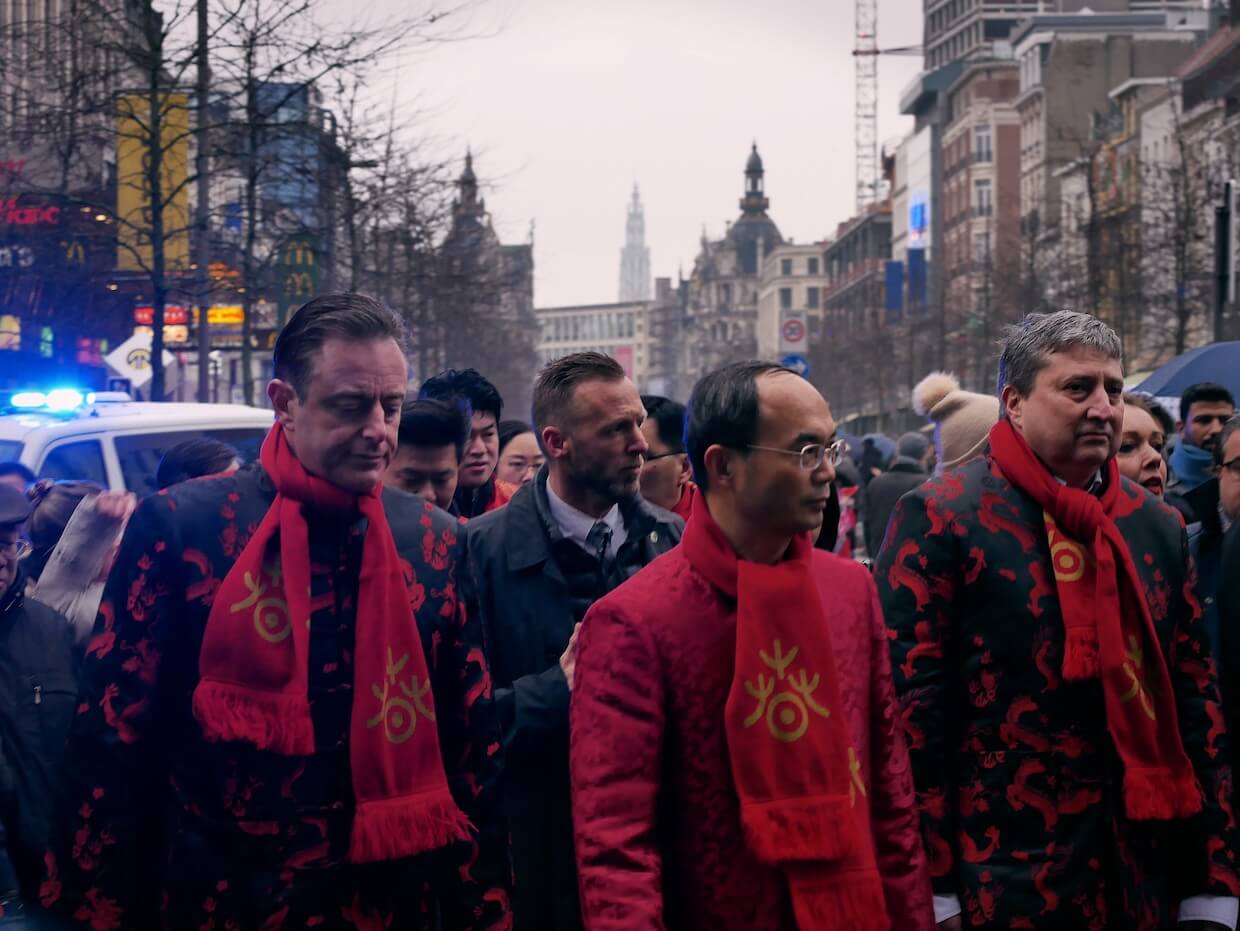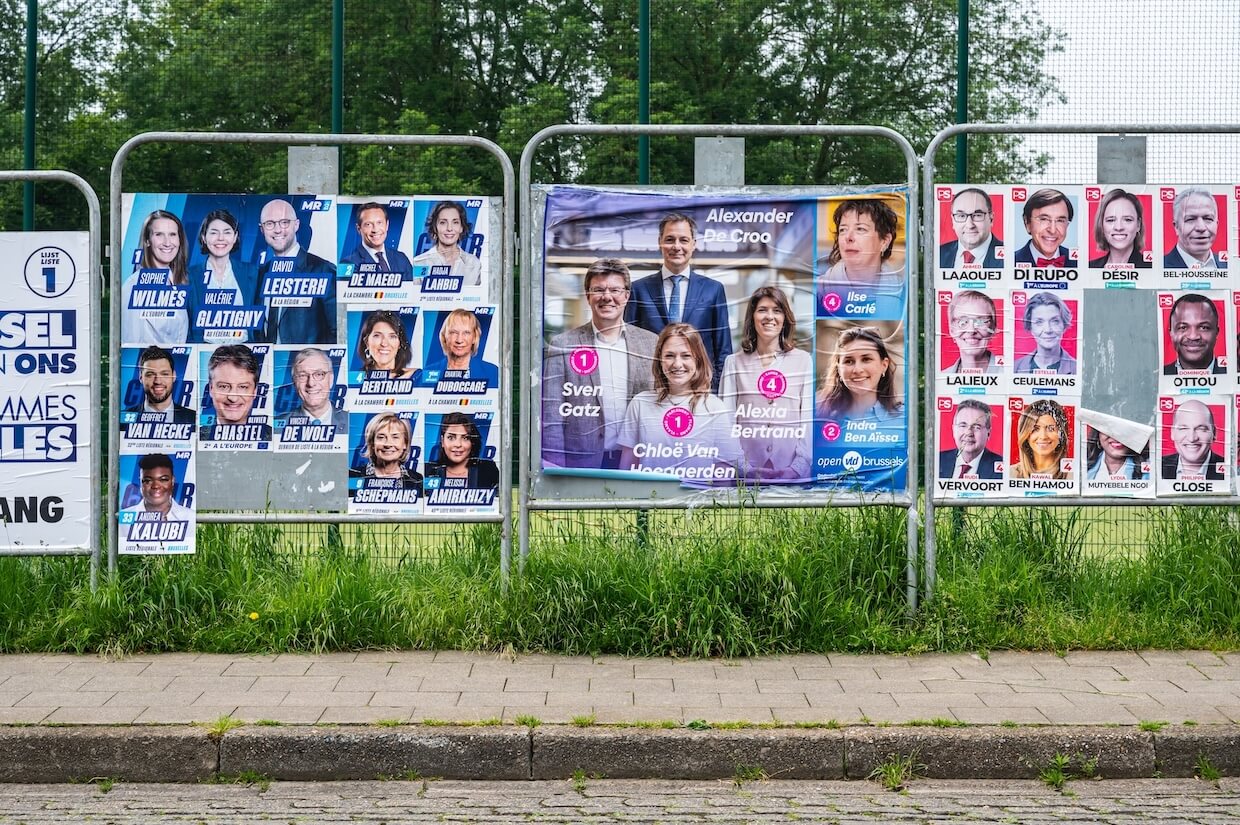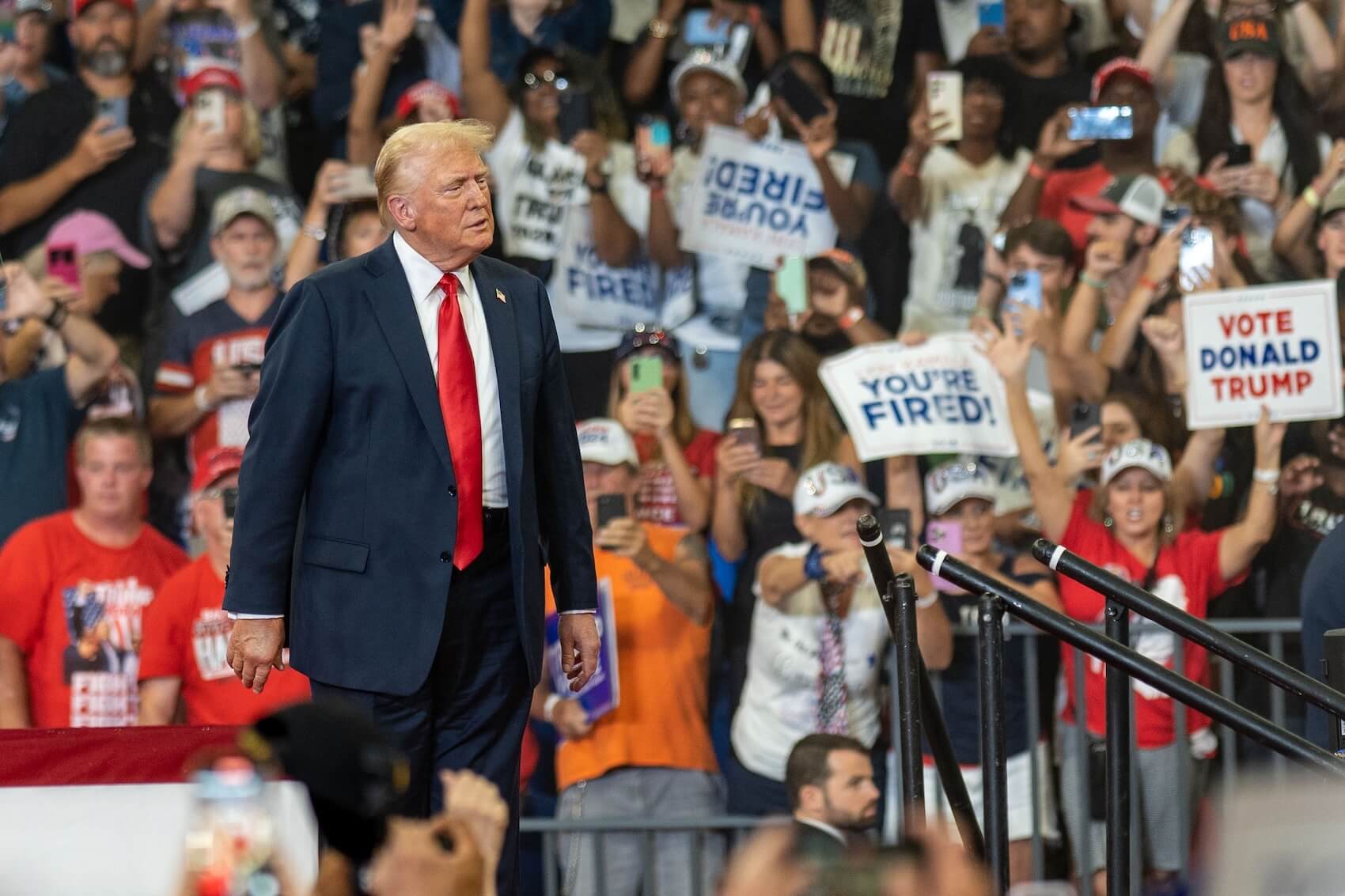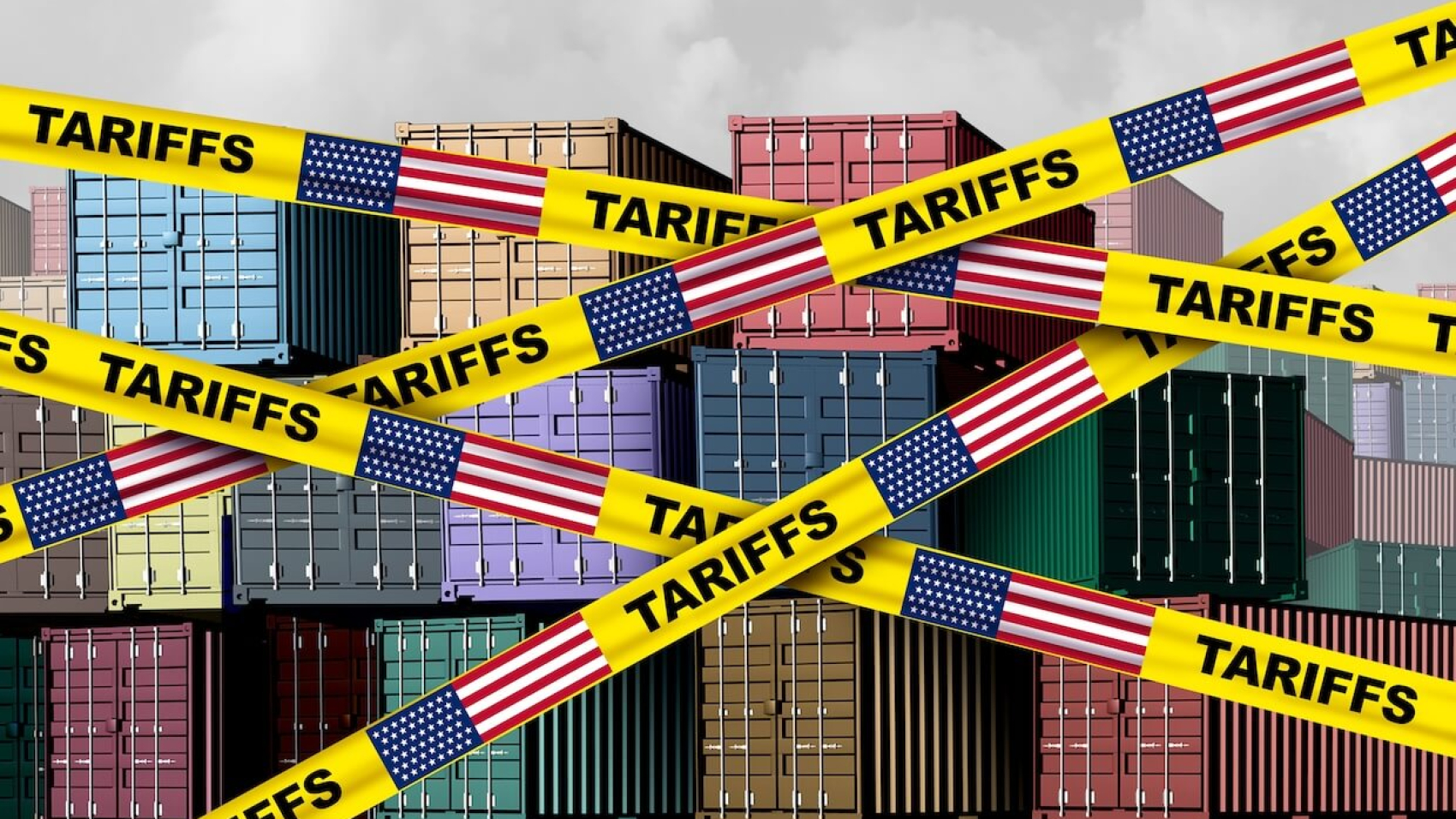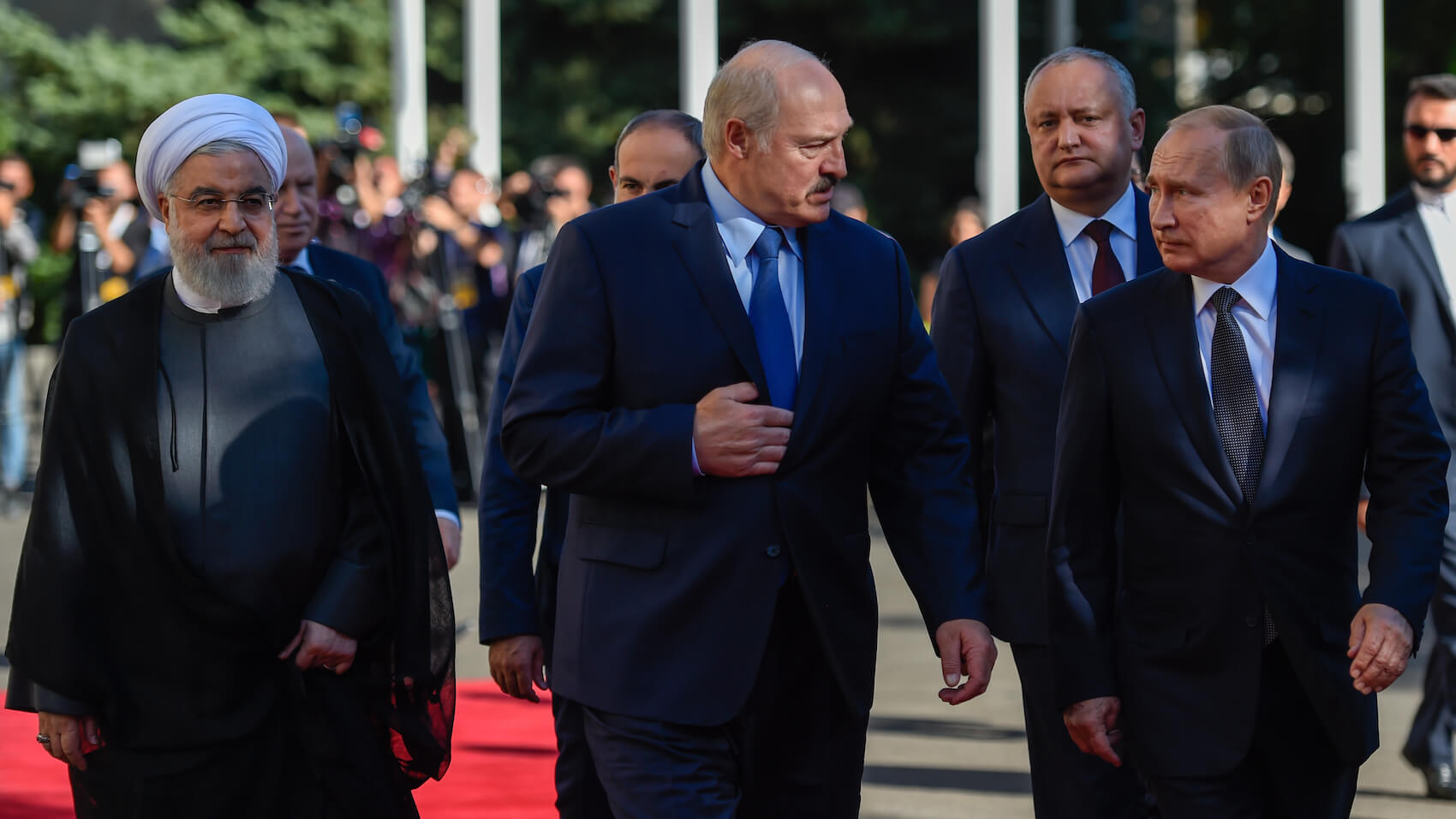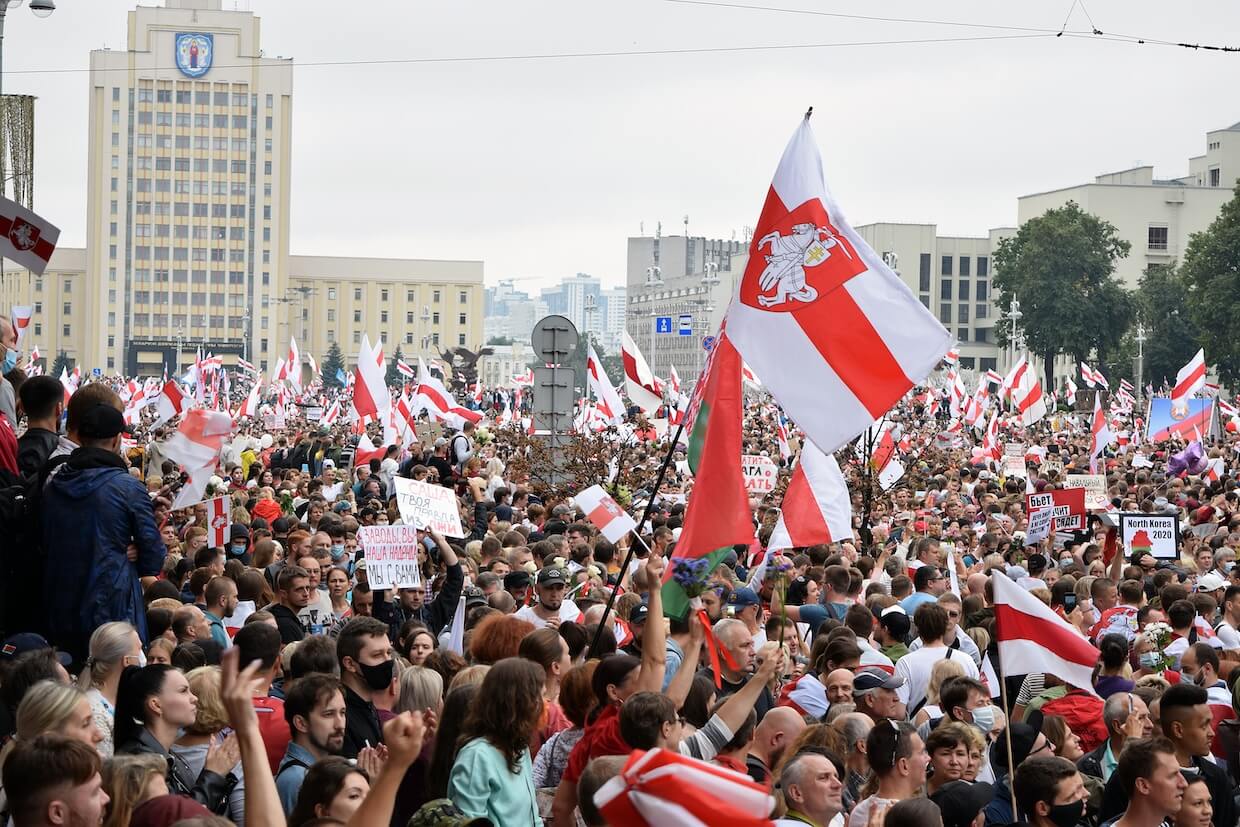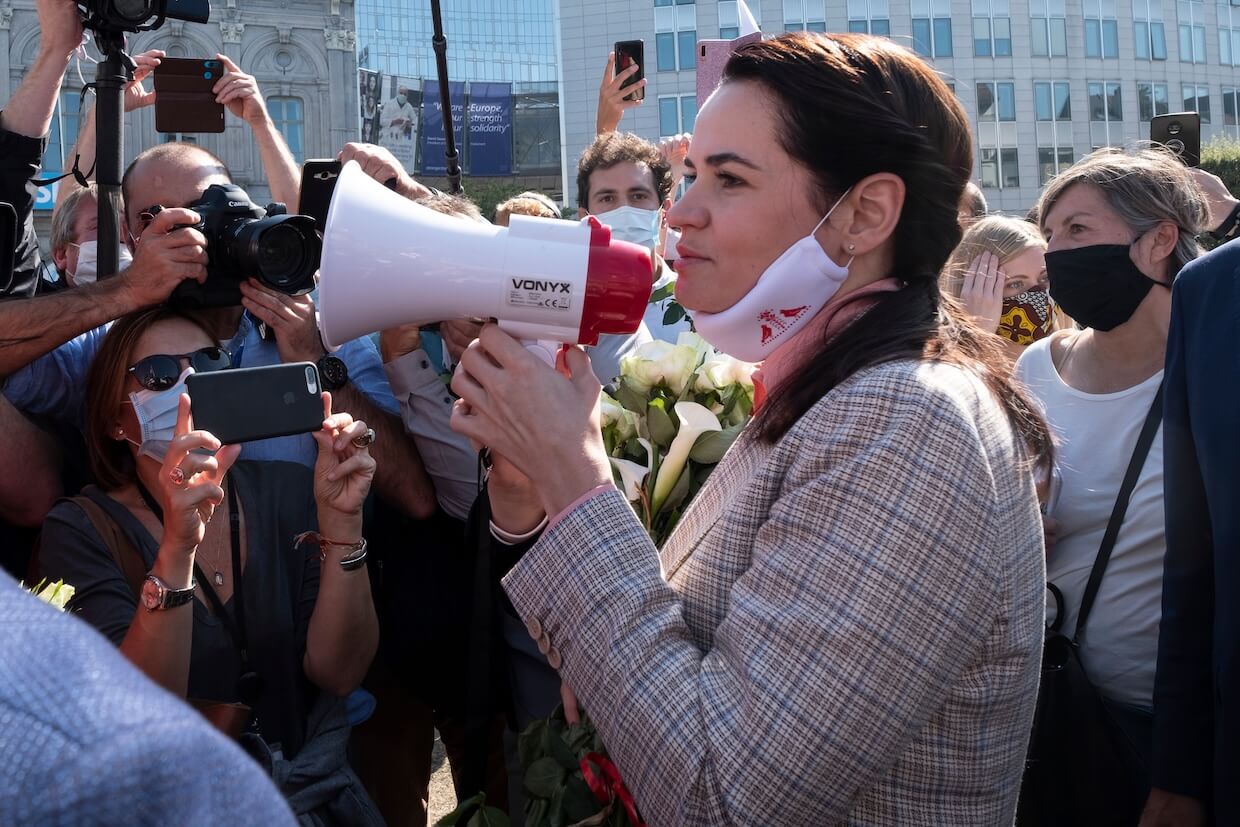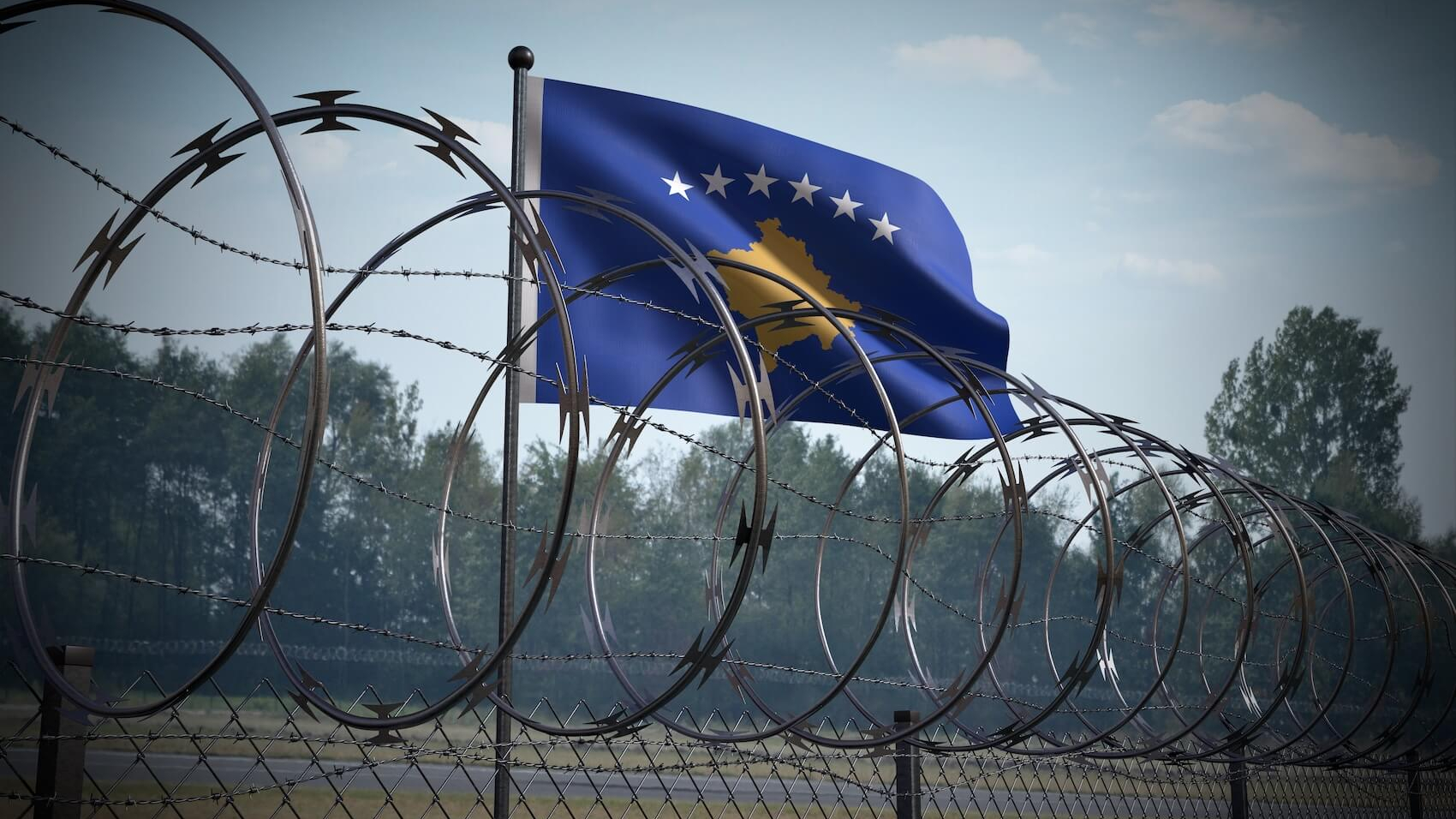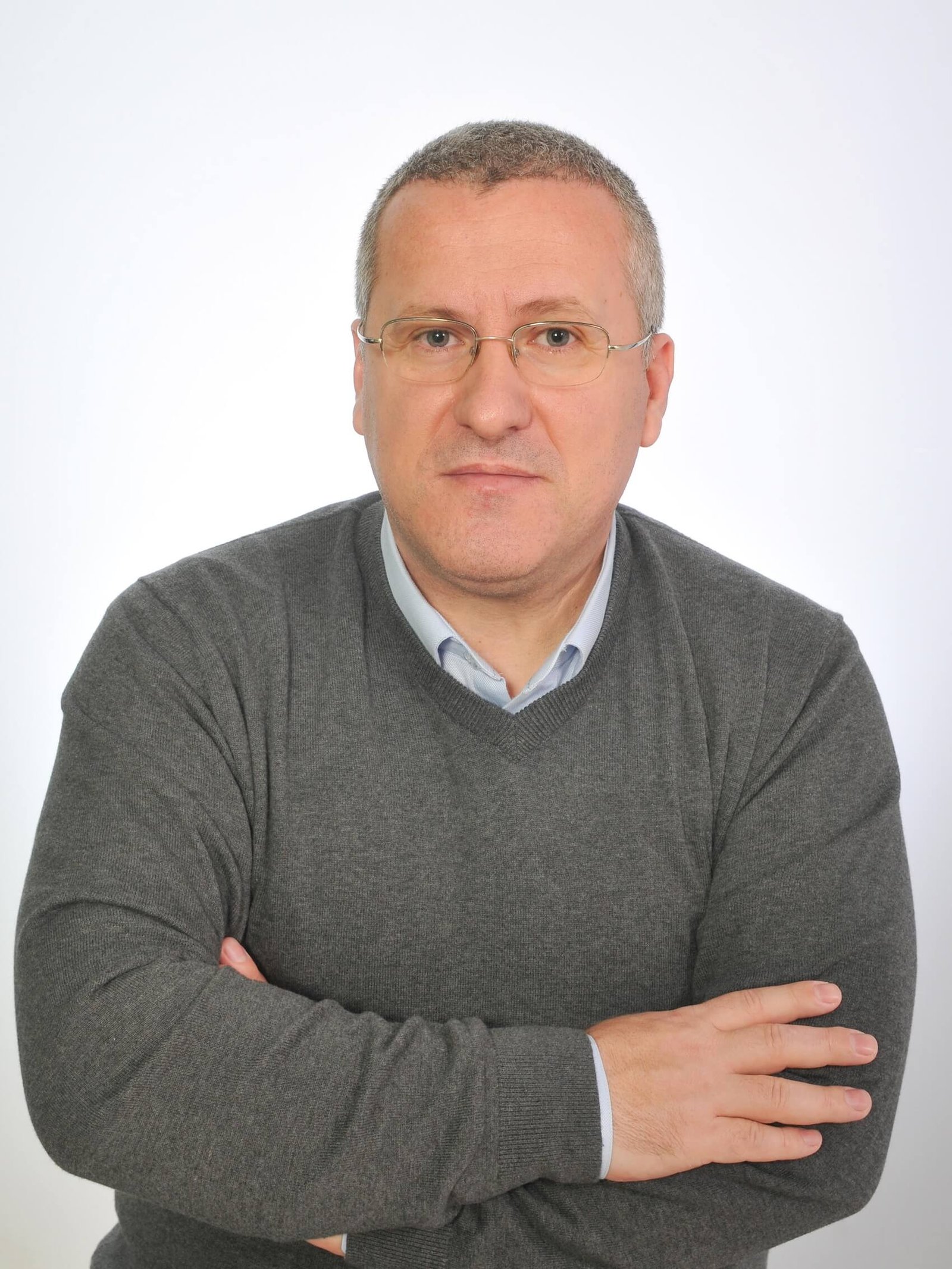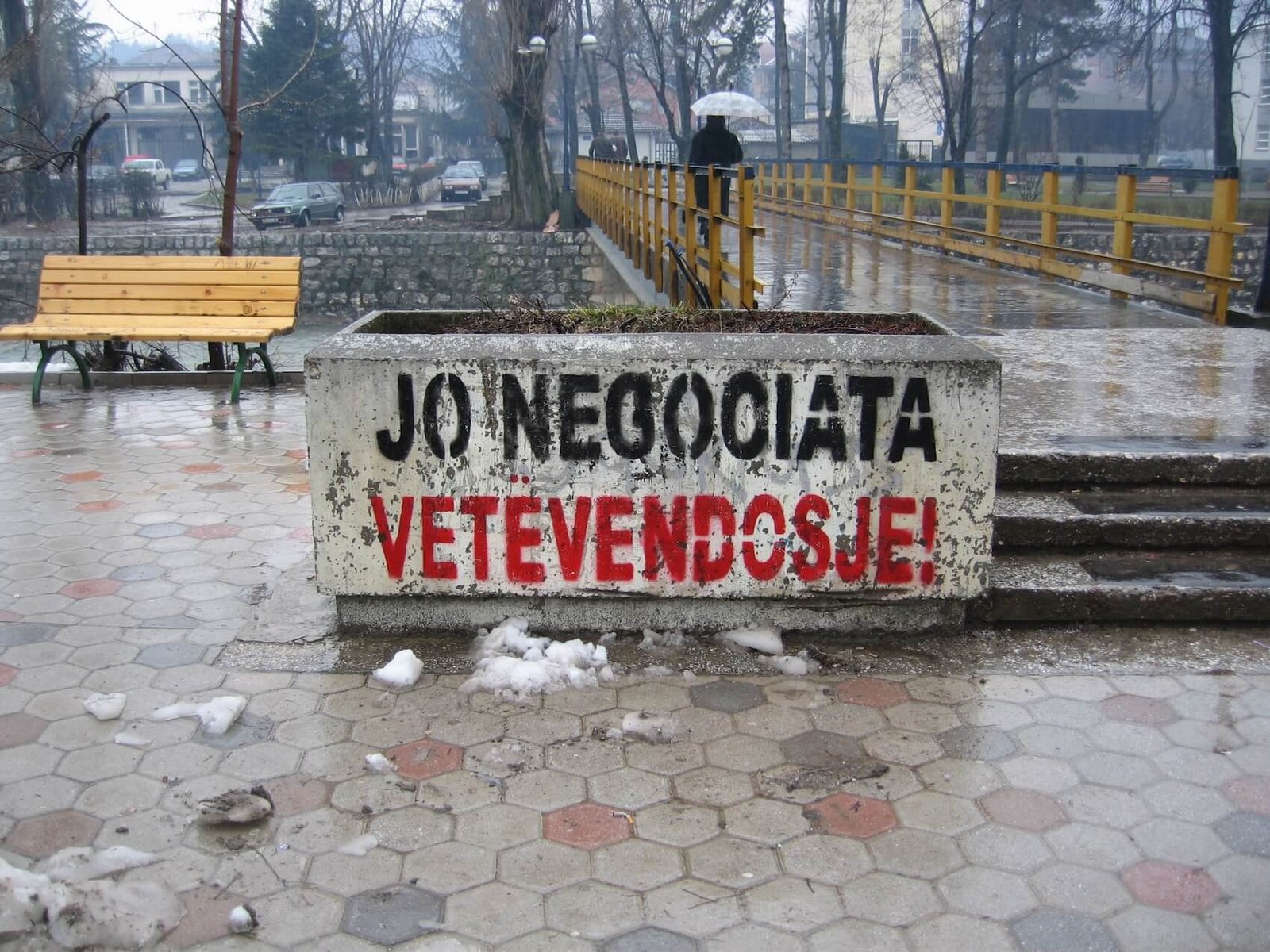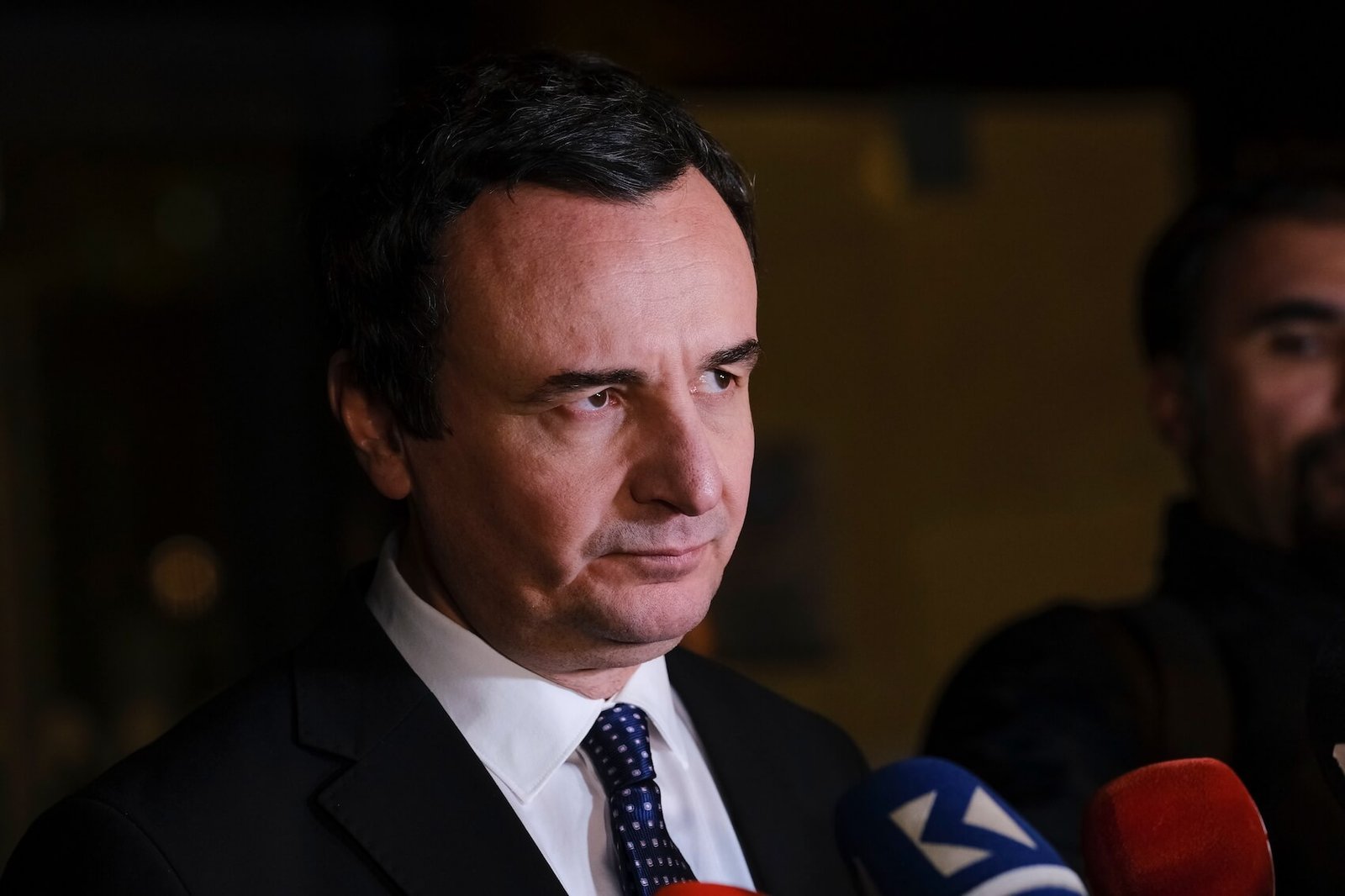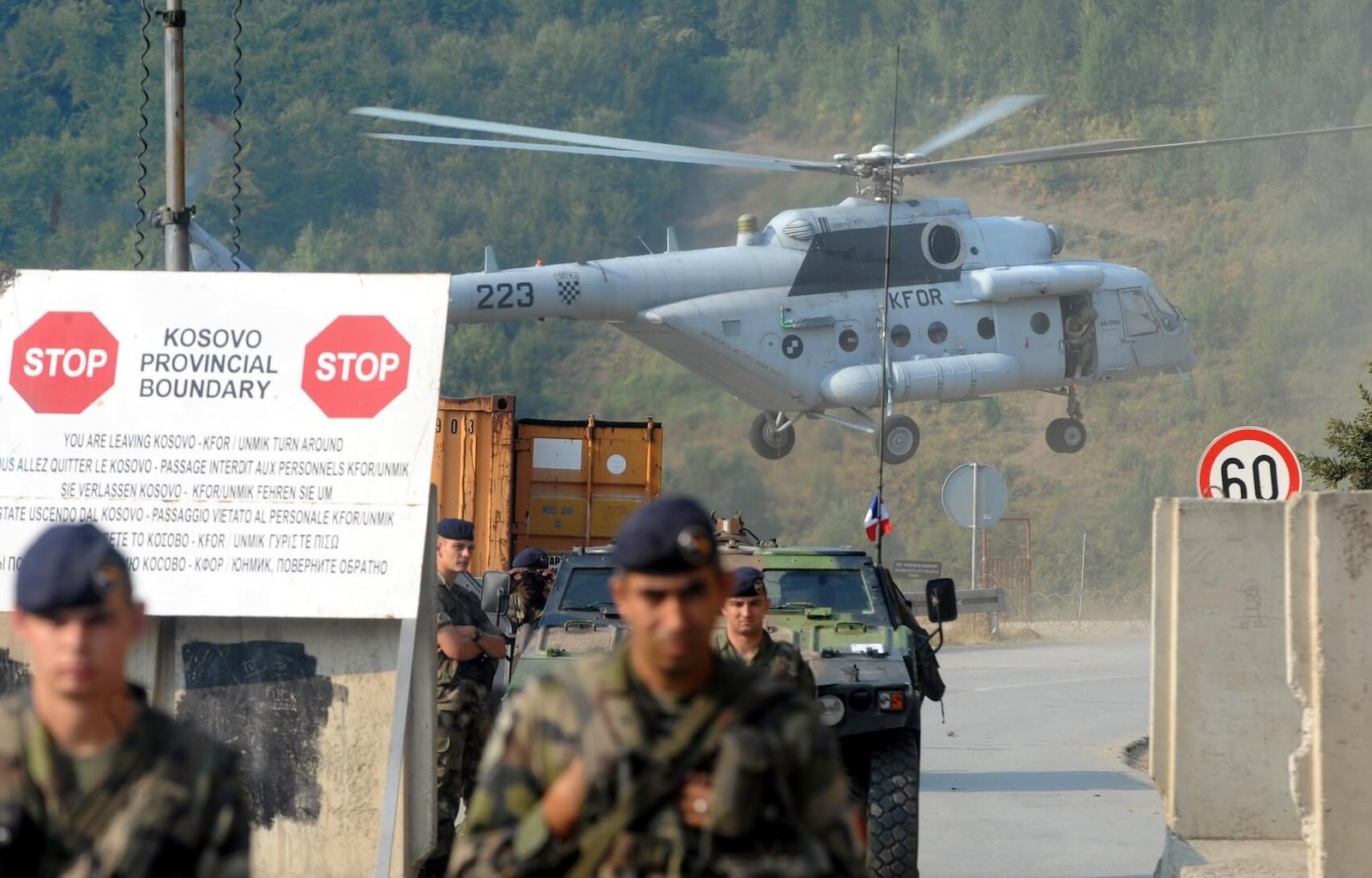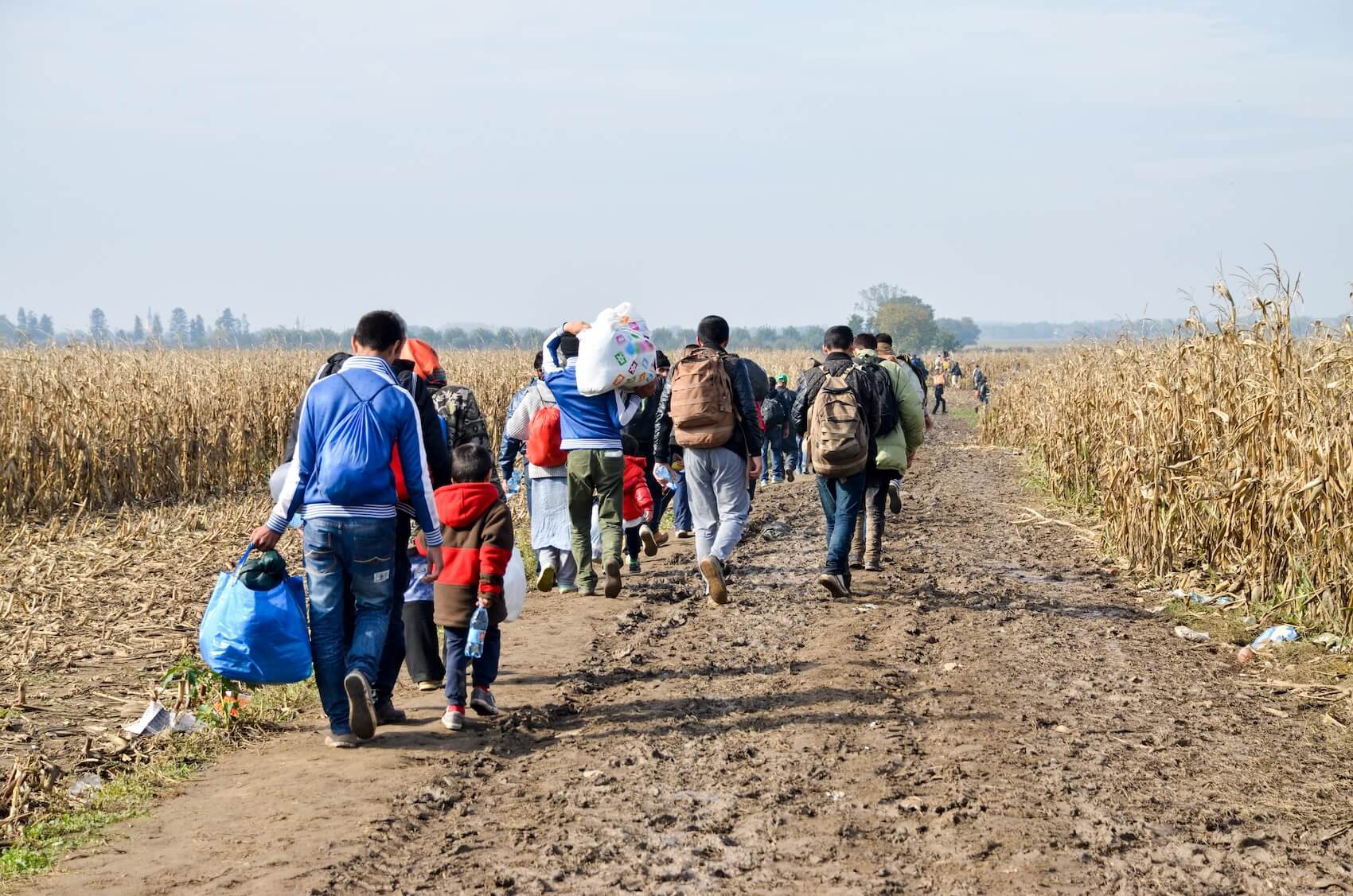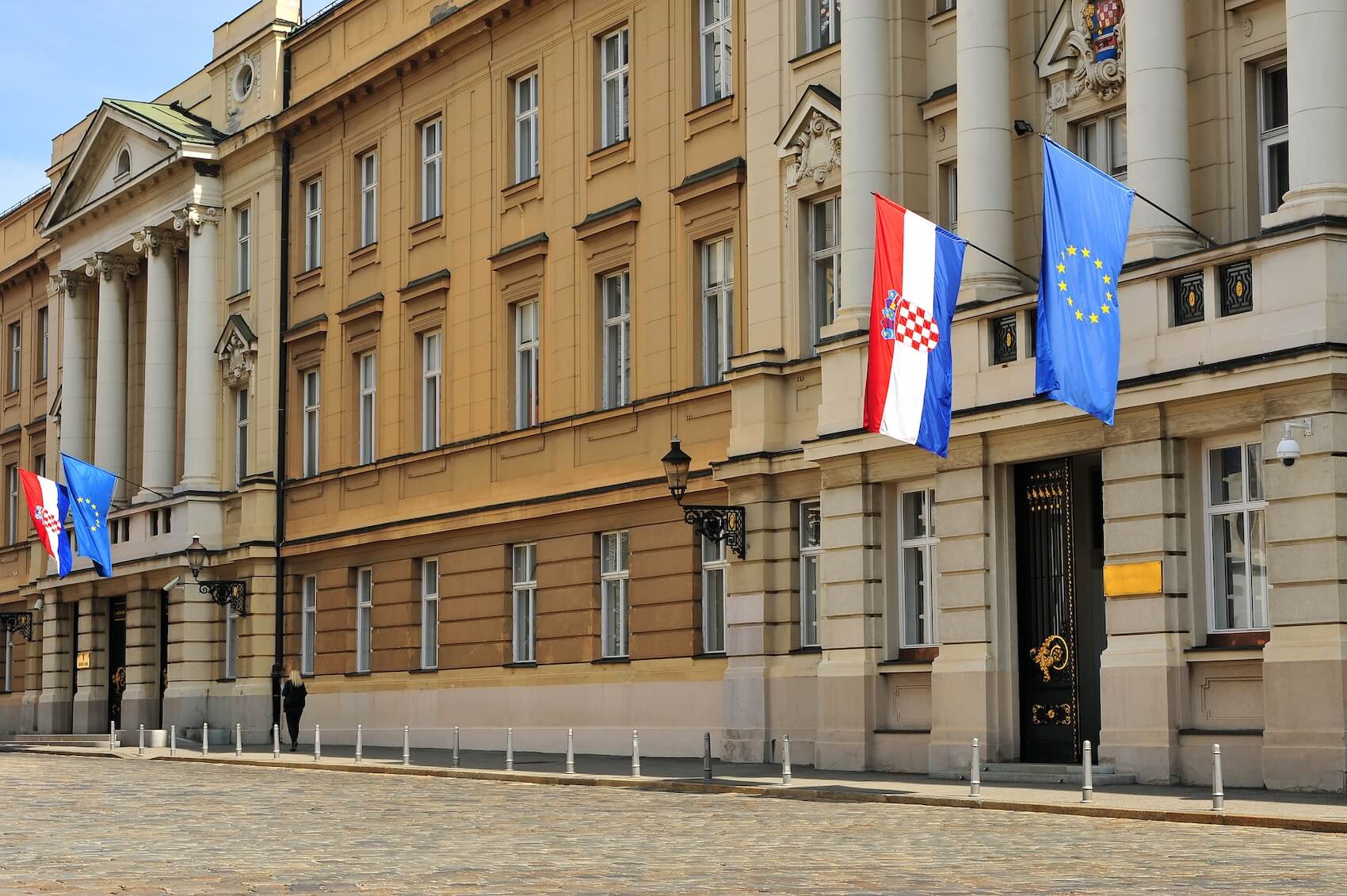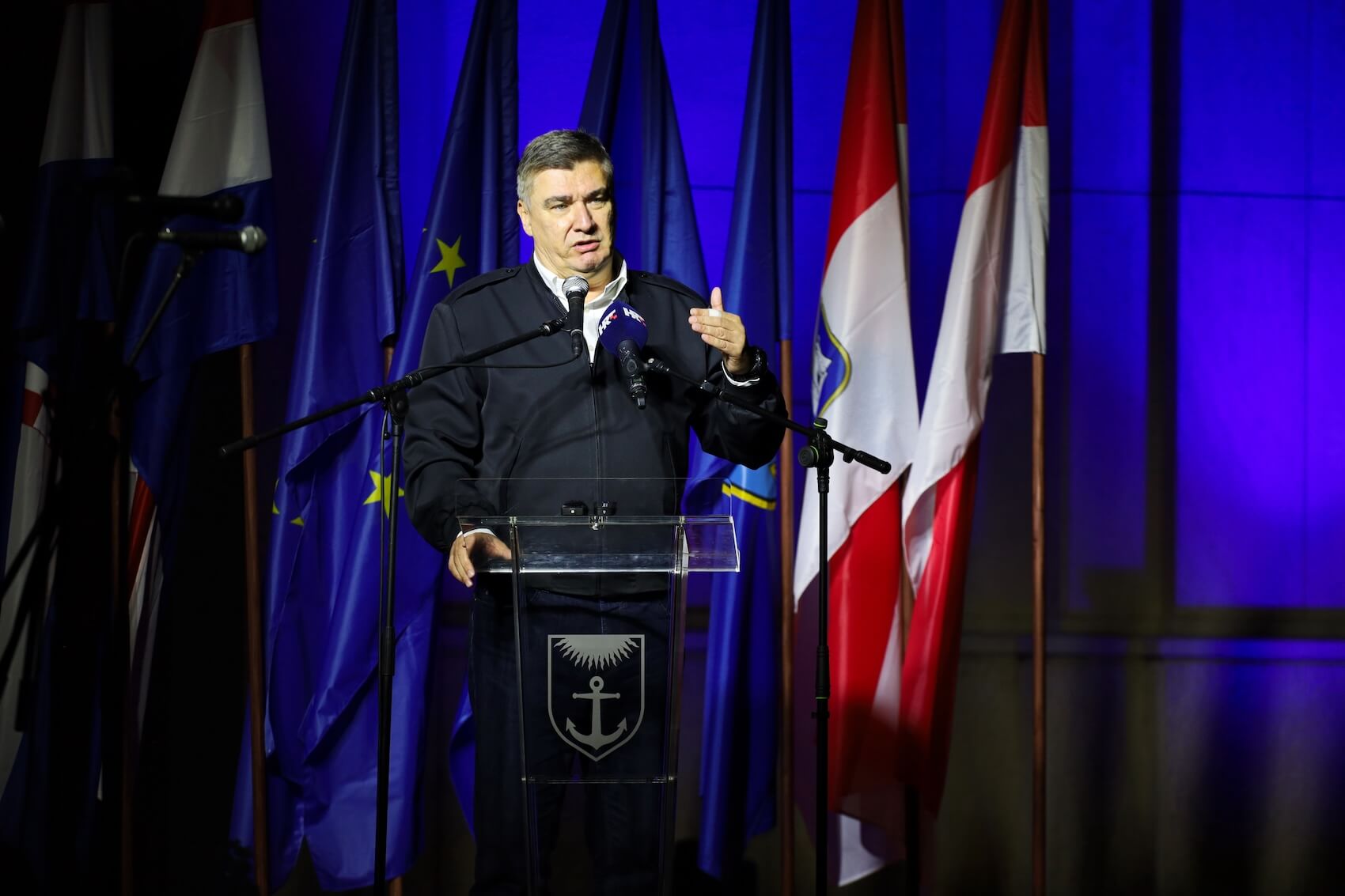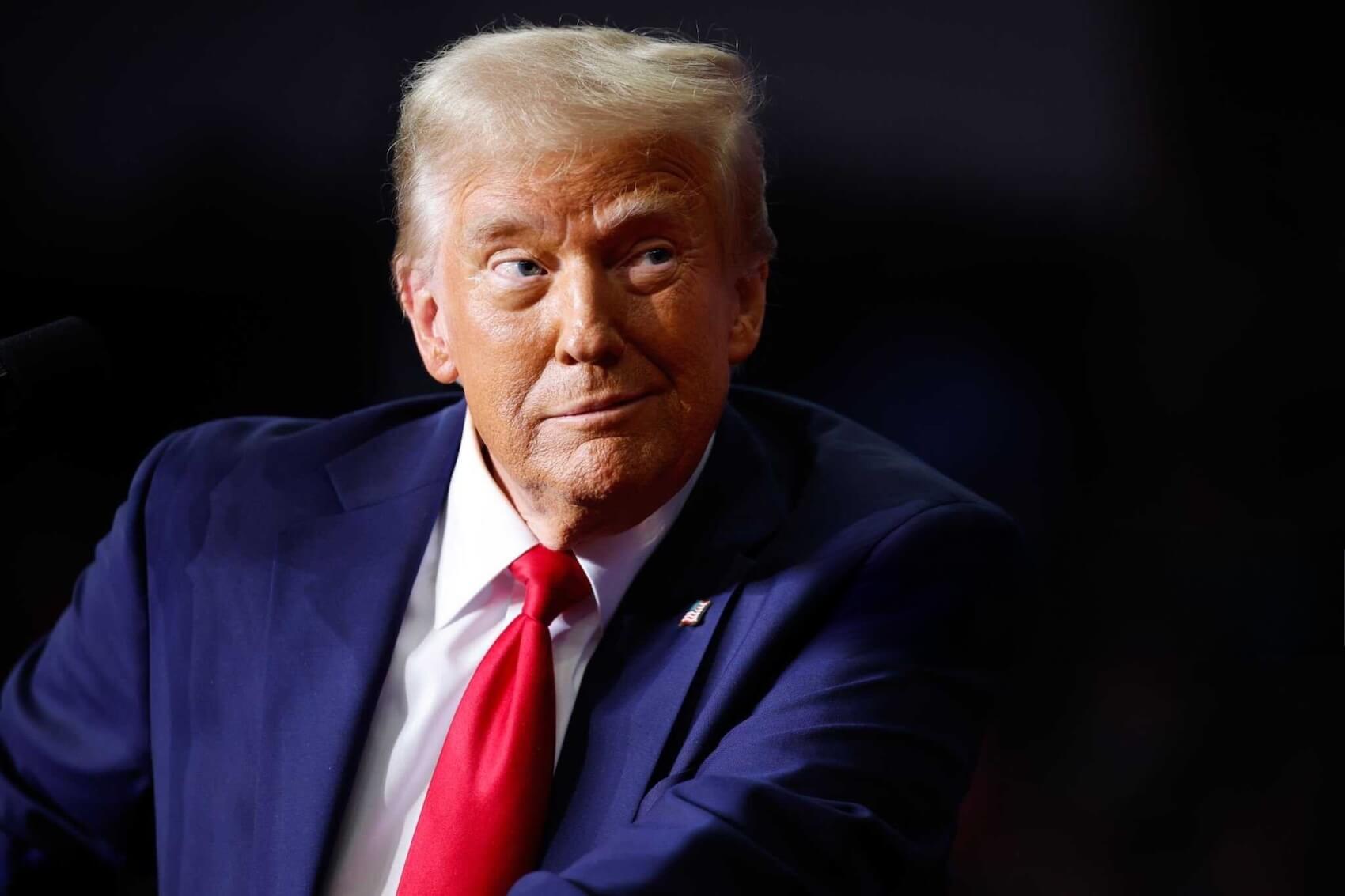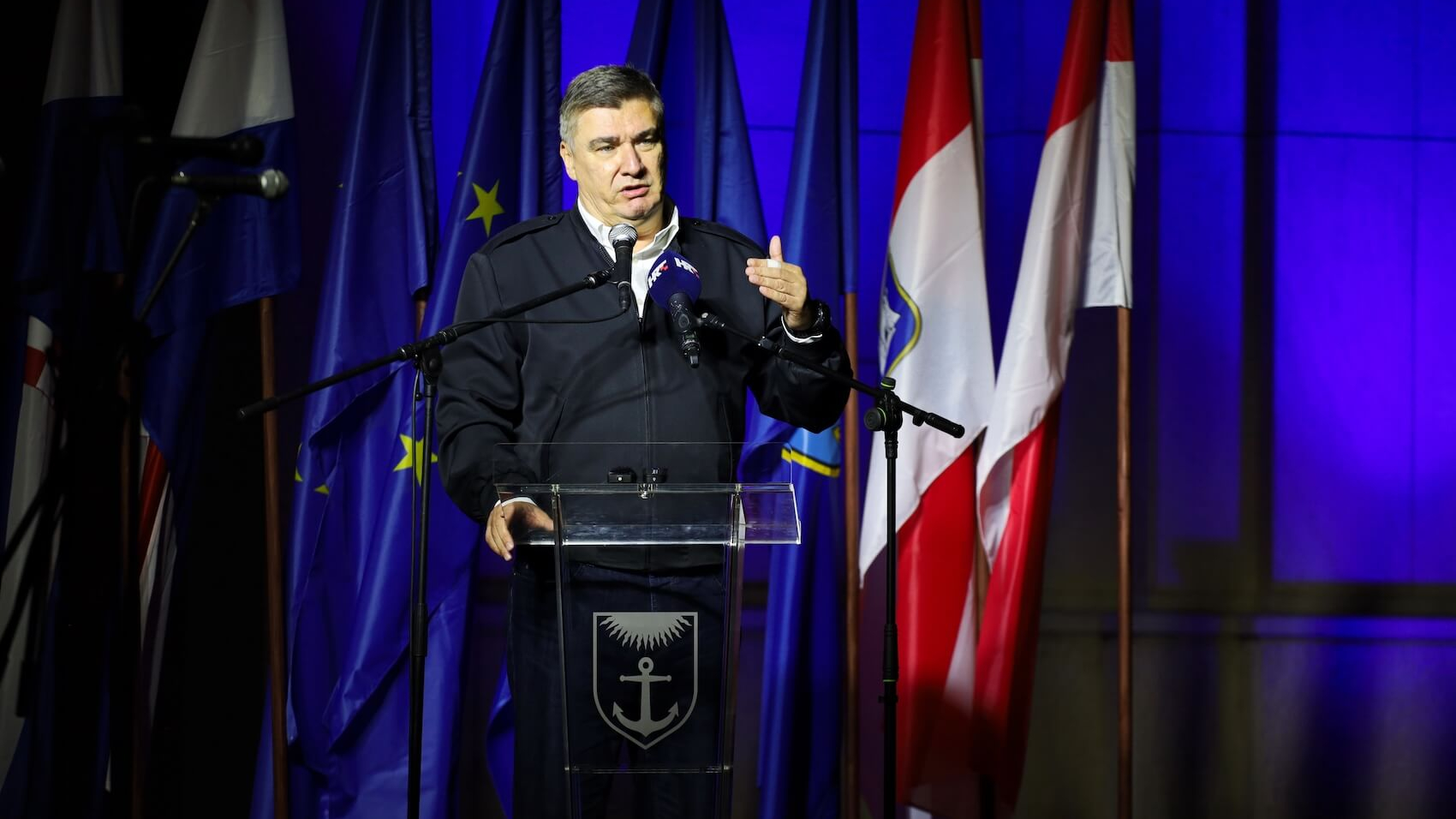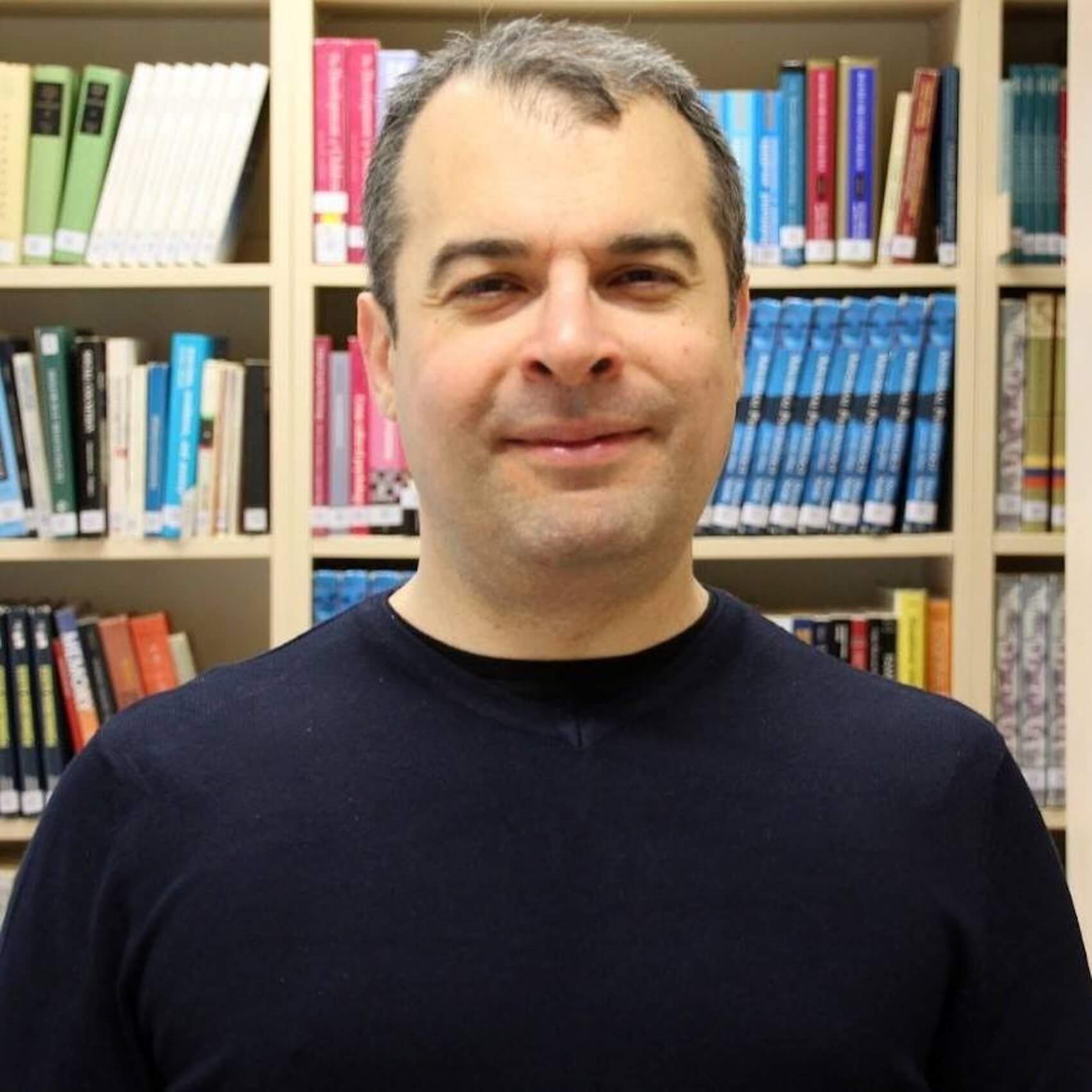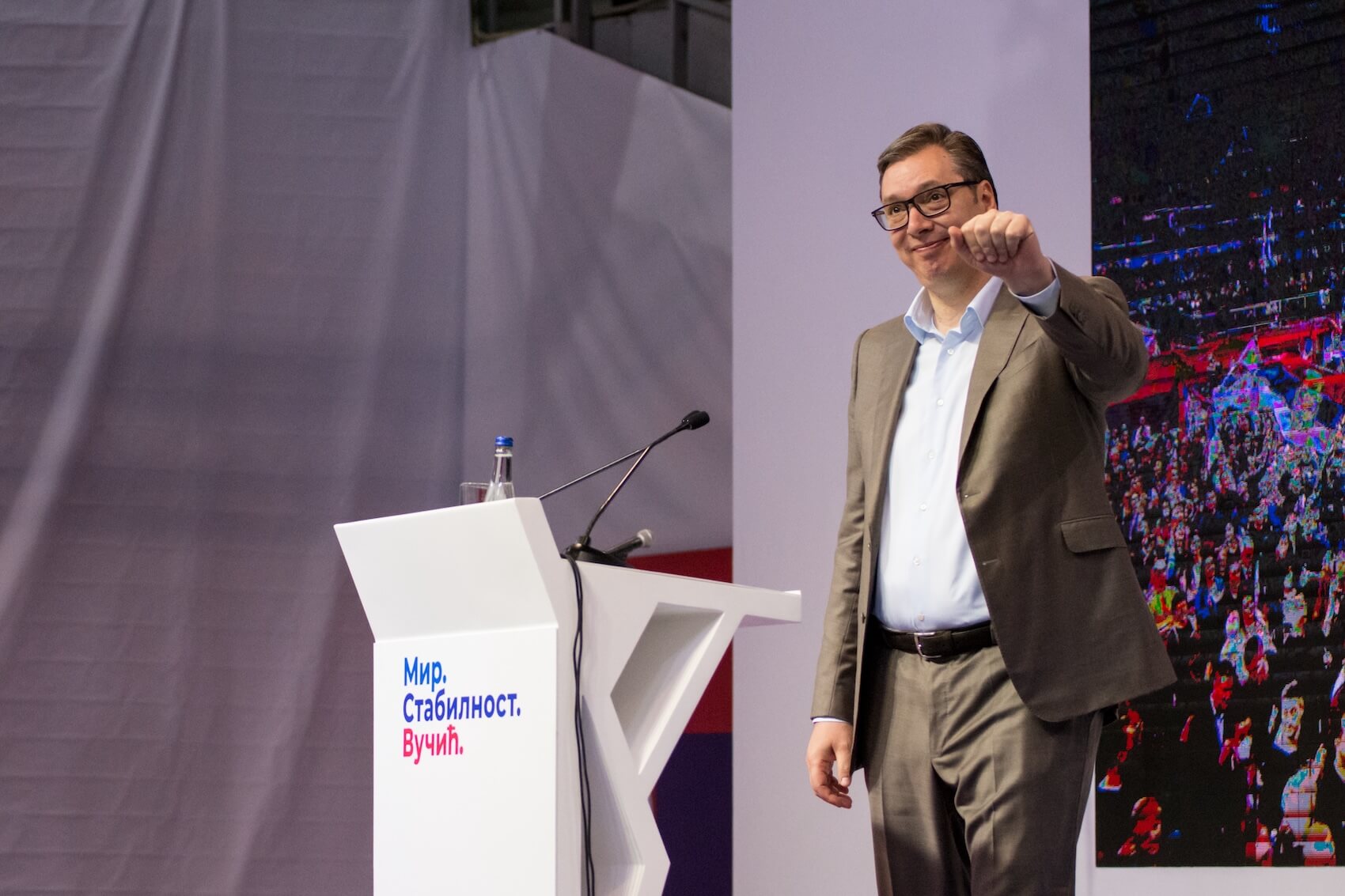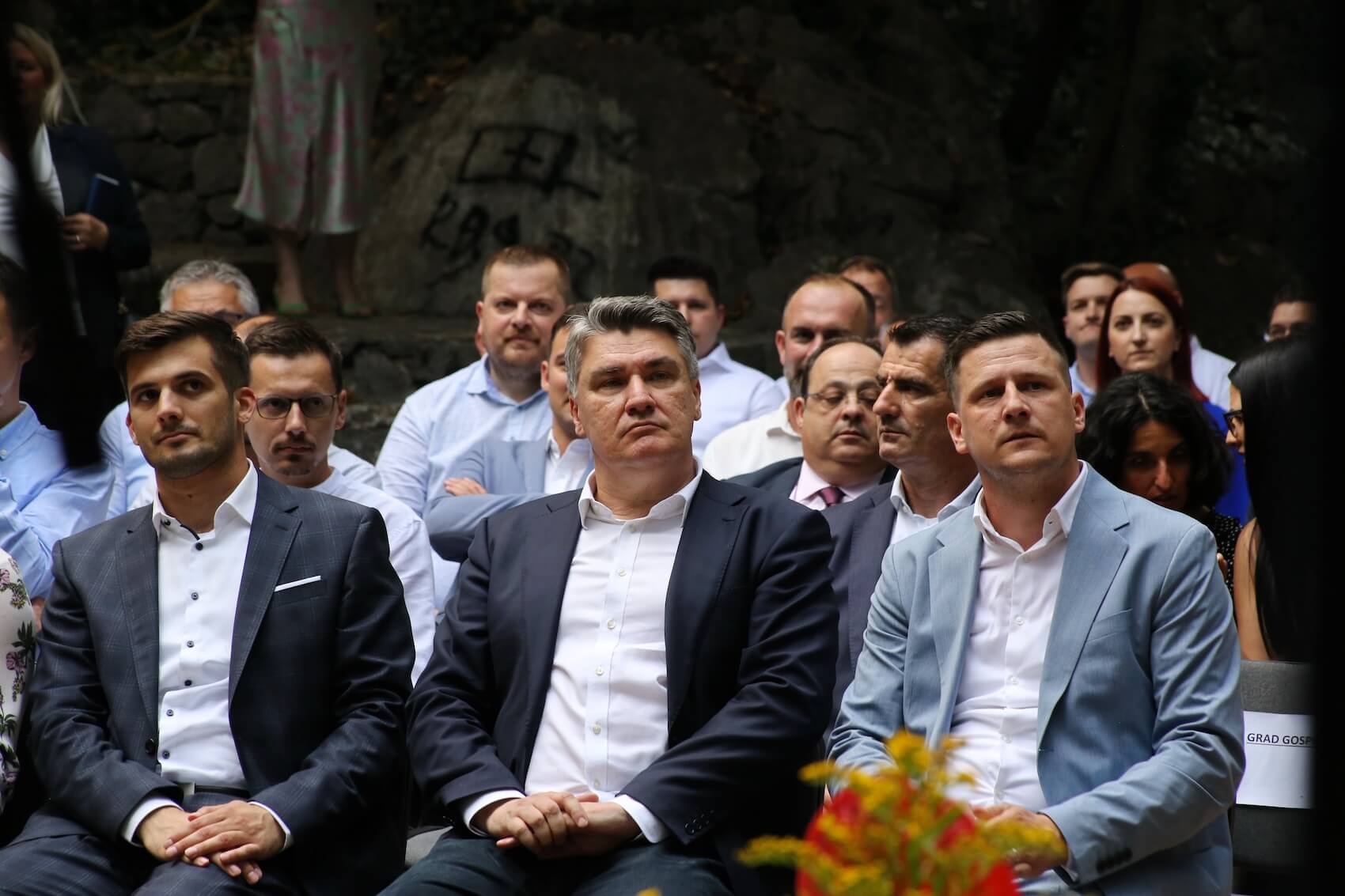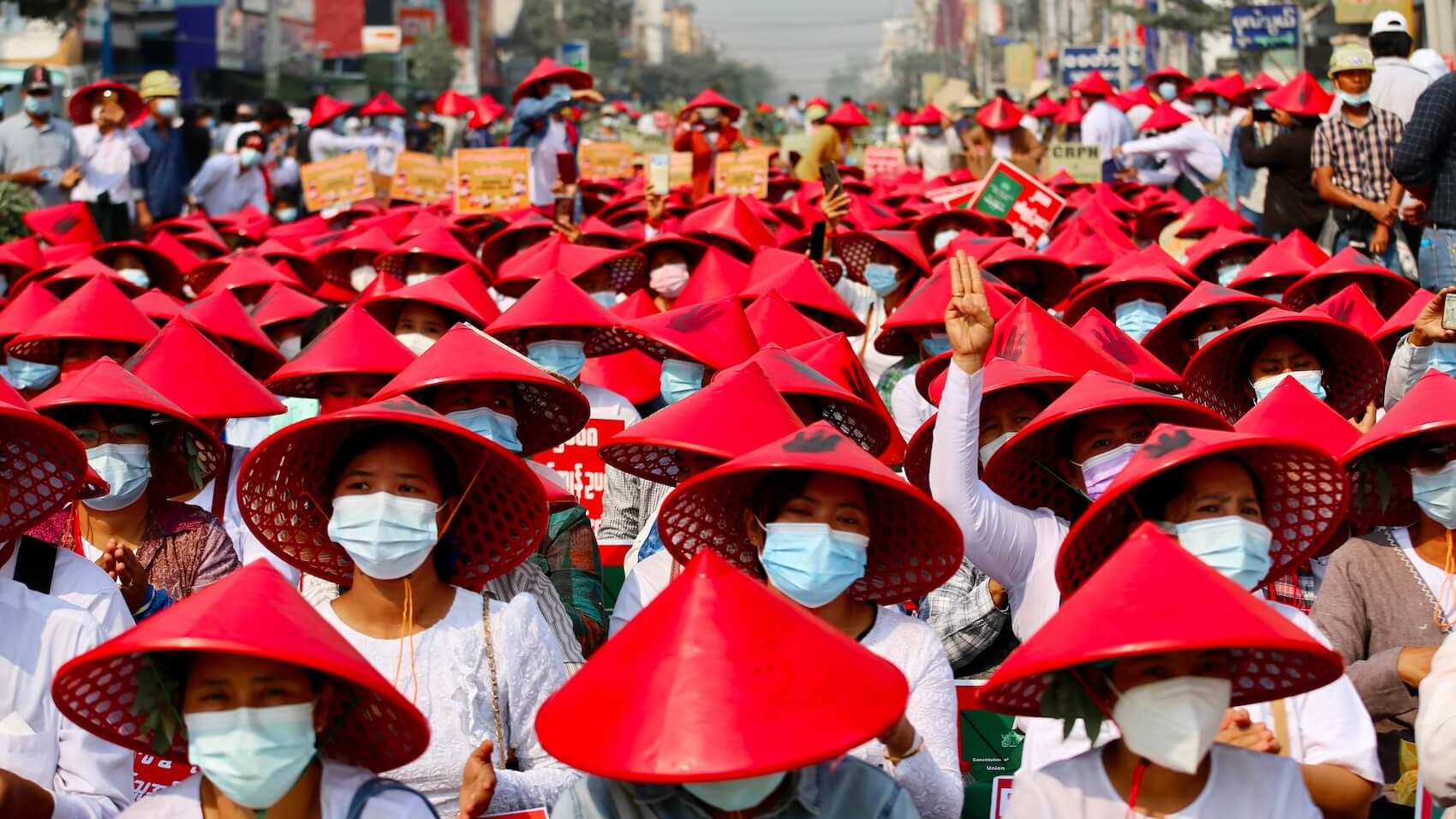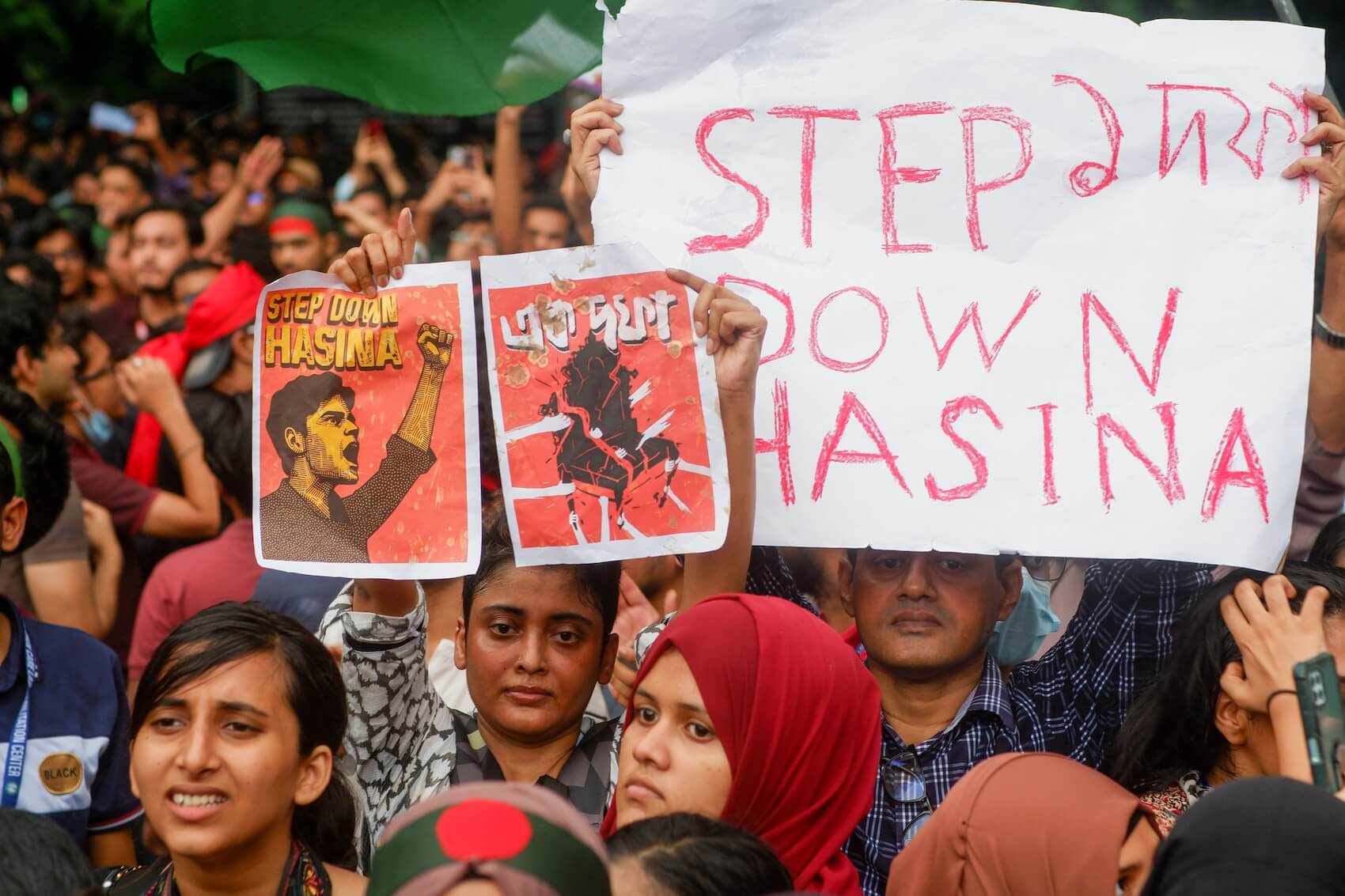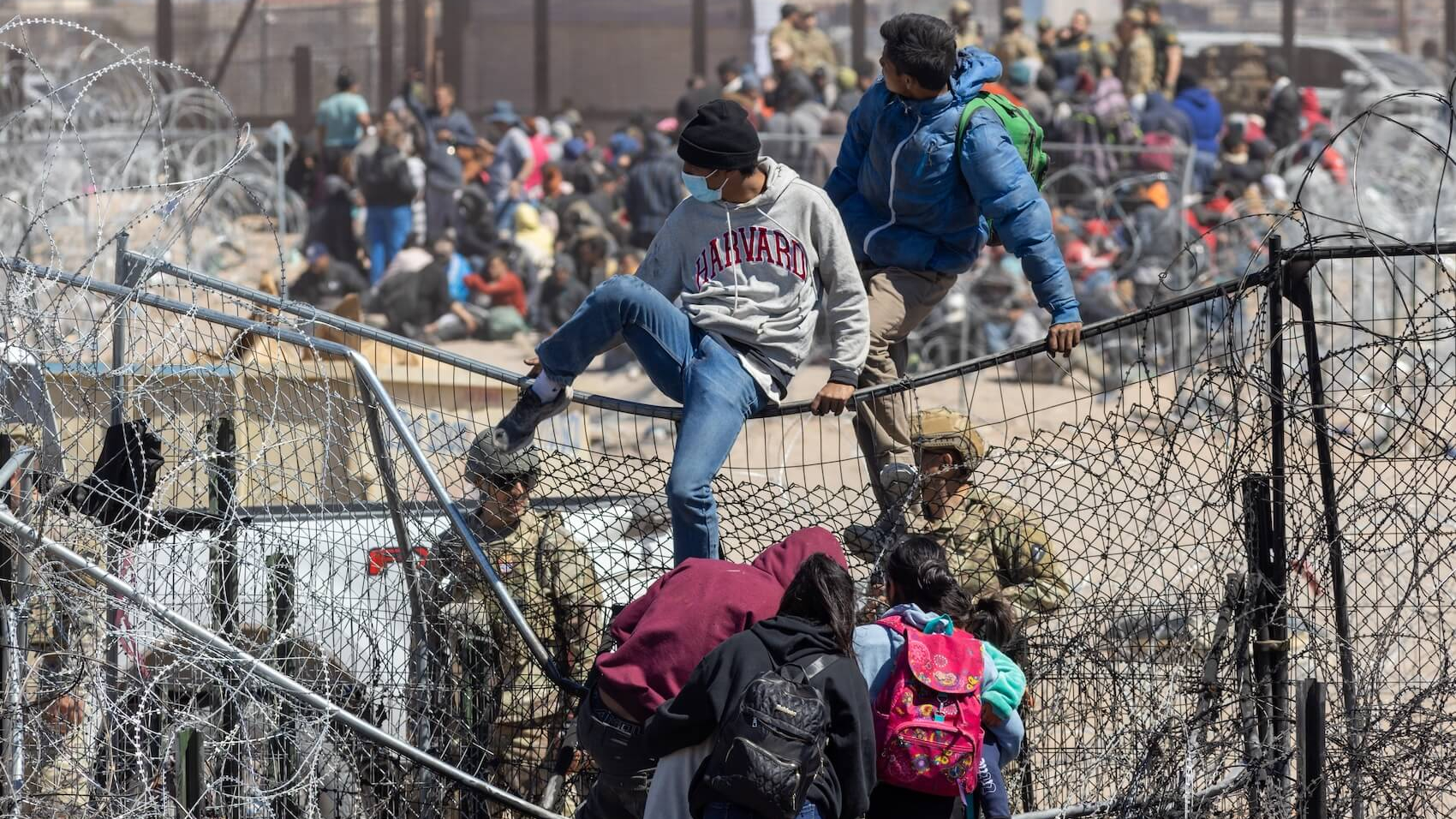Dr. Conrad Ziller, Assistant Professor of Political Science at the University of Duisburg-Essen, discusses the key factors shaping voter sentiment ahead of Germany’s elections. In an exclusive interview with the ECPS, he argues that the recent terrorist attack in Munich is likely to have a greater impact on voter behavior than US Vice President J.D. Vance’s endorsement of the far-right AfD. Highlighting the growing openness of radical right parties, Dr. Ziller warns of the AfD’s shifting strategy—from Euroscepticism to consolidating political power through ideological alliances and nationalist rhetoric.
Interview by Selcuk Gultasli
As Germany heads into a pivotal election on Sunday, Dr. Conrad Ziller, Assistant Professor of Political Science at the University of Duisburg-Essen, sheds light on the factors shaping voter sentiment, particularly the growing influence of the far-right Alternative for Germany (AfD). In an exclusive interview with the European Center for Populism Studies (ECPS) on Monday, Dr. Ziller argues that while the recent endorsement of the AfD by US Vice President J.D. Vance is significant, it is unlikely to shift voter behavior as much as real-world events, such as the recent terrorist attack in Munich.
“I don’t believe J.D. Vance’s statement will have a major impact, but the recent terrorist attack in Munich might, as it is a deeply tragic event that affects people on an emotional level,” he explains. “This, of course, is a serious issue. I think such incidents have a greater effect on voter sentiment than what J.D. Vance said.”
Dr. Ziller situates this development within a broader trend: the increasing openness of populist radical right parties about their true political ambitions. “Vance’s endorsement is part of a broader effort to shift the political narrative further to the right and enable more power for the AfD,” he notes, emphasizing that “what is surprising is how openly he has expressed his support.” This, he argues, reflects a larger shift in global politics, where far-right movements no longer attempt to mask their agendas but instead push their narratives forward with unprecedented transparency.
This shift presents both challenges and opportunities for European leaders. “In a way, this increased openness could be beneficial because it allows European leaders and the European Union (EU) to fully recognize the situation and take action accordingly,” Dr. Ziller observes. He points to the upcoming conference on Ukraine as an example of how European leaders are already strategizing to counter the rise of nationalist and far-right influences across the continent.
Another key factor in the AfD’s rise is its evolving stance on European identity and sovereignty. Unlike traditional nationalist parties that focus on ethnic distinctions, the AfD’s rhetoric has shifted toward ideological alliances rather than national ones. “Previously, right-wing populists or extremists in Germany might have rejected alliances with Southern Europeans, people from Turkey, or Eastern Europeans, insisting on a strictly German national identity. Now, however, these ethnic categories are no longer as significant,” Dr. Ziller explains. Instead, the AfD aligns itself with like-minded political figures such as Viktor Orbán, Marine Le Pen, Giorgia Meloni, and Vladimir Putin, forming transnational far-right networks based on shared political goals rather than national identity. While the party remains Eurosceptic, its focus is not on defining who belongs within Europe, but rather on shaping alliances that strengthen its broader nationalist and anti-immigration agenda.
Against this backdrop, the upcoming elections in Germany will be a test case for how effective the AfD’s strategies—capitalizing on issues like immigration, security, and anti-elitist sentiment—will be in mobilizing support. In this interview, Dr. Conrad Ziller delves into the party’s tactics, its positioning within the broader European far-right movement, and the implications for democracy in Germany and beyond.
Here is the transcription of the interview with Dr. Conrad Ziller with some edits.
The AfD Thrives on Fear—Immigration, Welfare, and Political Distrust

Professor Ziller, thank you very much for joining our interview series. Let me start right away with the first question: How has the AfD (Alternative für Deutschland – Alternative for Germany) capitalized on anti-immigrant sentiment in Germany? In your research, how do you see social trust mediating the relationship between nativist attitudes and radical right-wing support?
Dr. Conrad Ziller: Thanks for having me. Immigration is at the forefront of this election, and the AfD is capitalizing on it, as you already mentioned. Why are anti-immigrant attitudes and immigration such important topics?
First of all, there have been terrorist incidents in Magdeburg, Aschaffenburg, and Munich, which are highly problematic. At the same time, these incidents have increased the salience of the immigration issue. Not only the AfD but also mainstream parties have taken a very strong stance on immigration, competing over who can be the toughest on it.
Immigration is a salient topic, but it is also proximate—people experience immigration in their everyday lives. Additionally, it is an ambivalent issue. On one hand, immigration can contribute to economic growth, but on the other hand, it may also increase conflict and raise concerns about newcomers benefiting from the welfare system.
So, it is a complex issue, and politics can play a crucial role in shaping public perception. Unlike topics such as unemployment or economic growth, which are widely agreed upon, immigration remains a subject of ongoing debate. This is where politics has normative power—it can shape public discourse about immigration.
What role does welfare chauvinism play in the AfD’s electoral success? How do perceptions of welfare access by migrants influence native support for far-right parties?
Dr. Conrad Ziller: Welfare chauvinism refers to the view that public support is needed, but at the same time, it should be restricted and only be available to non-immigrants. There has been a huge debate about this, and as I already mentioned, all the mainstream parties are currently quite restrictive toward immigration. If you look at the electoral manifestos and programs of these parties, most of them—except for the Left, the Greens, and the SPD—favor restricting immigrants’ access to welfare. The center and right-wing parties, including the liberal FDP, also advocate for limiting these benefits.
A key issue is the so-called Bürgergeld, which is the basic welfare support that everyone has the right to receive, including Ukrainian refugees. The AfD strongly opposes this and seeks to take these benefits away from immigrants who are already eligible. Both centrist and right-wing populist parties are using welfare chauvinism as a strategy to shift public discourse further to the right, with right-wing populists, in particular, capitalizing on these sentiments to mobilize electoral support.
Strong Local Governance Can Curb Nativism
Does local governance efficiency impact nativist sentiment? Your research highlights how local government performance affects public attitudes toward immigrants. Could decentralization in Germany mitigate or exacerbate these attitudes?
Dr. Conrad Ziller: First of all, immigration presents a challenge to the social cohesion of receiving societies. Newcomers may not speak the language, and both immigrants and local residents need time to adapt to the new system. At the same time, there is the question of how integration should be structured, which can come with certain transactional costs.
The ability of local governments to efficiently manage integration-related tasks—such as housing—while maintaining high-quality public services is crucial. Administrative work, public service availability, and the management of public spaces, including street maintenance, all play a role. When local governments perform well in these areas, it can help mitigate resource competition, reducing the perception among non-immigrants that something is being taken away from them. This, in turn, helps maintain social cohesion.
Moreover, effective local governance fosters strong community structures by supporting organizations and associations that facilitate integration. A well-functioning local government contributes to a stable and cohesive social fabric where newcomers can be integrated more smoothly. In this way, efficient local governance can be a key factor in reducing nativist sentiment and fostering a more inclusive community.
Misinformation Spread by AfD Fuels Division

What is the relationship between conspiracy beliefs and far-right support in Germany? Does misinformation play a role in strengthening AfD’s voter base? If so, to what extent has the AfD leveraged conspiracy theories to mobilize support, and how do these narratives influence public trust in democratic institutions?
Dr. Conrad Ziller: The AfD is a right-wing populist party, and we see that, especially from the radical right, but also to some extent from the radical left, there are conspiracy theories. You can think of Trump and the Republicans, and also the QAnon movement, which accused politicians of being engaged in child abuse and other extreme things. In Germany, it is not like this—there are no typical conspiracy theories of that magnitude. However, there is, of course, misinformation, which is something we do see here, though not as much conspiracy theorizing.
This misinformation is problematic because it challenges social norms, serves to break political correctness, and hinders the narrative of equality. If people believe there is a corrupt political elite that they must act against, it opens the door for even more misinformation. You can think of this as a kind of “information smog,” where people struggle to distinguish between what is true and what is false.
This is also a strategy used by the right-wing populist AfD. They engage in a significant amount of misinformation, both about political elites and about immigrants, making it difficult for ordinary people to discern what is right and what is wrong. So, while conspiracy theories are not as prominent, the AfD does engage in spreading misinformation and contributing to this information smog.
Your research suggests that political corruption erodes trust in institutions and drives radical right support. How has this dynamic played out in Germany, and what role has the AfD played in capitalizing on political distrust?
Dr. Conrad Ziller: Political distrust is a really important issue that has gained momentum in the past years. One strategy of the AfD is to undermine the competencies of the established center parties, especially regarding immigration and integration. They deflect from other pressing issues such as prices, climate problems, and inequality by shifting the focus to immigration.
By making immigration the dominant issue, the AfD positions itself as the party with the toughest stance, claiming to have the best solution—namely, restricting immigration as much as possible. If immigration becomes the primary topic in political discourse and the AfD is perceived as the most competent in handling it, this naturally undermines public confidence in the established political actors and fosters political distrust.
Regarding corruption, Germany has not experienced many corruption scandals in recent years, at least not in comparison to Southern and Eastern European countries. Corruption is not the most pressing issue here. However, issues related to government quality and economic policies have also faded into the background, as political discourse is largely dominated by other topics.
Political discontent can stem from two main sources. One is the experience of actual unfairness, such as firsthand encounters with corruption. While some corruption does exist in Germany, it remains relatively limited compared to other countries. The second source is the perception of problems that may not actually exist. If people struggle to distinguish between real issues and fabricated ones, this fuels political discontent.
It is also worth noting that the AfD itself has faced issues related to campaign donations and financial transparency, making it one of the parties with more corruption-related concerns. However, much of the political discontent today arises from perceived rather than actual problems, which is a key factor shaping public attitudes at the moment.
Affective Polarization Fuels AfD’s Growth by Deepening Divides
What impact does affective polarization have on radical right-wing support? Are voters more motivated by anti-elite sentiment or ideological alignment when choosing to support the AfD?
Dr. Conrad Ziller: Both are important. Affective polarization occurs when parties, especially nowadays, are divided not so much along the economic left-right axis but more along the social-cultural left-right axis. For example, progressive parties like the Greens in Germany stand in opposition to socio-culturally conservative parties like the AfD on the right.
If these opposing groups increasingly dislike each other and develop strong negative sentiments toward one another, this further fuels the perception that center parties do not represent them. As a result, voters may feel compelled to align with either the far-left or the far-right. Affective polarization is partly a consequence of the increasing popularity of populist right-wing parties, but it also serves to reinforce their growth.
Anti-elite sentiment is another key factor. It has long been a central narrative alongside anti-immigration stances. This aspect becomes particularly important for voters who may not be strongly anti-immigrant themselves. Even established immigrants—those who arrived in Germany years ago—can be drawn to anti-elitist rhetoric. The AfD actively exploits this, particularly through social media.
For example, on platforms like TikTok, many AfD-affiliated channels specifically target individuals with a Turkish immigrant background. These channels do not focus as much on anti-immigration rhetoric but instead emphasize anti-elite narratives. This messaging has proven quite effective, while democratic and center parties struggle to develop similarly compelling narratives that can attract voters in the same way.
In your work on public support for state surveillance, you highlight the role of security threats in shaping policy preferences. How has the AfD framed surveillance policies, and what are the implications for civil liberties in Germany?
Dr. Conrad Ziller: I think the most important thing is that most people are no longer as critical of state surveillance. A lot of this has to do with the fact that we have already become quite accustomed to it through our use of cell phones and digital technologies.
As a result, there isn’t much of a political debate about surveillance in the sense that some parties are strongly against it, advocating for civil liberties, while others push for more surveillance. That kind of clear divide does not really exist. Most people accept surveillance, but it is not currently a politically salient issue. It tends to resurface from time to time, especially in response to terrorist attacks, such as those we have seen recently in Germany, for instance, in Munich or Aschaffenburg.
However, in these discussions, the focus is more on surveilling immigrants. The debate is framed around where agencies have struggled to track or monitor certain immigrants—particularly Islamic individuals who could potentially commit terrorist attacks. Essentially, the conversation revolves around immigration policy, with political actors competing over who has the toughest rules and the most restrictive stance on immigration.
Beyond that, there are also broader discussions, such as whether Germany should maintain a registry of individuals with specific psychological conditions—both to provide them with help and to track them if issues arise. However, due to Germany’s historical experiences with the GDR and National Socialism, civil liberties and data protection remain highly valued. Unlike some northern European countries, it is not easy to create such registries in Germany.
So while surveillance remains an important topic, it is largely discussed in the context of immigration, and aside from that, it is not a major political issue at the moment.
Crisis and Social Media Propel AfD’s Rise in Germany

The AfD has gained traction by opposing immigration and EU policies. How does their success compare to other radical right parties in Europe, and what unique factors have contributed to their rise in Germany?
Dr. Conrad Ziller: The AfD is similar to other right-wing populist parties in Europe, which are currently quite successful. There are different reasons for this. One key reason is the series of crises we have faced—the Russian invasion of Ukraine, the conflict in Gaza between Israel and Palestine, and, to some extent, the lingering effects of the COVID-19 pandemic. There is a general feeling of insecurity among many people, and the AfD, like other right-wing populist parties, does not need to be constructive or implement policies. They have an easy time positioning themselves because they can simply be against something and act as critics without needing to govern or prove that their ideas work.
Another major factor is that immigration remains a highly salient and visible issue, as I previously mentioned. The AfD currently holds a stable support base, similar to parties like the FPÖ in Austria, ranging from approximately 18% to 25%. This is a significant increase compared to three and a half years ago during the last federal election when they had only around 10% or 11% of the vote.
I believe this rise is largely due to the ongoing crises, but also because right-wing populists have been highly effective in promoting themselves on social media. They have been particularly successful in reaching younger cohorts—who are not only experiencing these crises firsthand but are also more engaged with digital platforms. The AfD has developed a strong strategy in terms of marketing and social media outreach, which has contributed to their recent electoral gains.
How does AfD’s position on European integration shape its voter appeal? What factors drive the party’s Eurosceptic stance, and how does it compare to other radical right parties in Europe?
Dr. Conrad Ziller: The anti-European Union stance was a core narrative for the AfD in the mid-2010s. When the party was founded in 2013, its main focus was anti-EU rhetoric—calls to return to the national currency, withdraw from Schengen, and even leave the European Union entirely. One of the key motivations for the AfD’s formation was opposition to the bailout of Greece during the financial crisis. Greece was still struggling, and resisting financial aid to Greece was a primary reason for establishing the party in the first place.
Nowadays, the EU is not their central focus. If you look at the AfD’s current election program, the European Union is still mentioned, but the rhetoric has shifted. Their arguments are more about the EU lacking legitimacy—claiming that the EU should not have the authority to raise taxes but does so anyway—and suggesting that Germany should refuse to pay. The AfD’s broader vision is to replace the EU with a federation of European nations, essentially dismantling the existing structure. They also oppose Germany’s financial contributions to the EU, knowing that Germany plays a key role in funding the Union. If Germany were to withdraw, it would severely destabilize the EU in its current form.
However, the AfD’s approach to solidarity is conditional. If other countries were also led by right-wing populists, they might be open to cooperation, but we are not at that stage yet. At the moment, while they remain anti-EU, their primary focus has shifted. Their main emphasis is now on immigration and gaining political power.
Compared to previous elections, this shift is evident—the AfD is now actively working to gain influence in parliament and explore potential collaboration with the conservative CDU. This is a significant change from their earlier strategy, which was primarily focused on opposing the European Union. Now, they really want to grab political power.
AfD’s Politics Is Less About Identity, More About Ideological Alliances
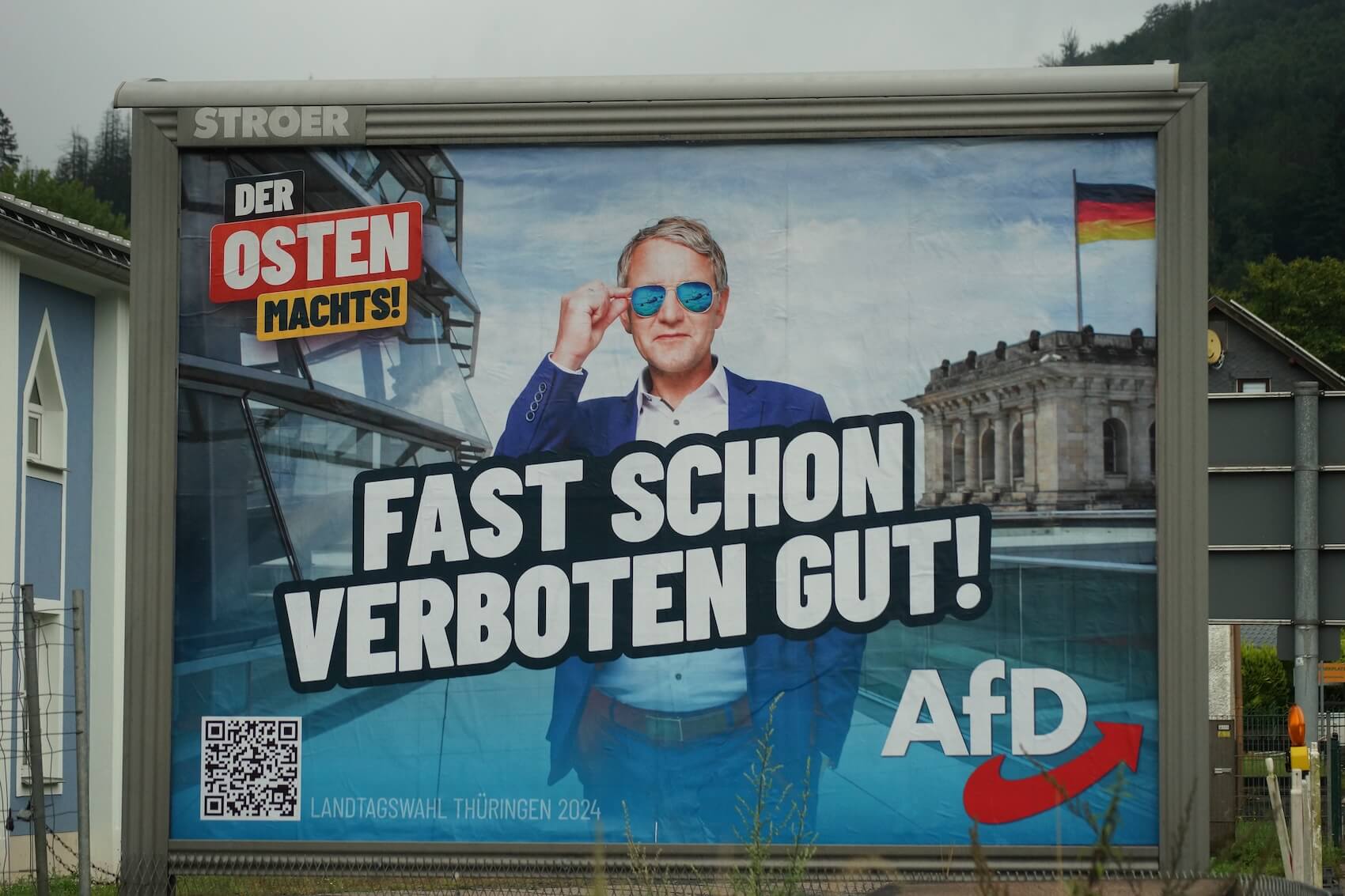
How has the AfD framed the EU as a threat to German identity? Does its discourse on sovereignty and immigration reflect broader trends in European far-right movements?
Dr. Conrad Ziller: I think that immigration and the question of who belongs—who is considered a citizen—are still central issues. This is particularly important for immigrants in Germany, who may worry about whether their citizenship could be withdrawn or, if they do not yet have citizenship, what might happen if the AfD gains more political influence, even if they do not attain full power.
For immigrants without citizenship in another European country, these concerns are especially pressing. However, when it comes to the AfD’s stance on European identity, I would say that it is not a priority for them. They are not particularly concerned with the idea of a shared European identity. This is not the framework in which they think. Instead, their perspective is shaped more by a distinction between friends and foes—who is an ally and who is an enemy.
What we have seen over the past ten years is that right-wing populists and extremists have increasingly formed connections across borders. Previously, right-wing populists or extremists in Germany might have rejected alliances with Southern Europeans, people from Turkey, or Eastern Europeans, insisting on a strictly German national identity. Now, however, these ethnic categories are no longer as significant.
Instead, the focus has shifted to aligning with political groups and leaders who share similar ideological positions. The AfD has built connections with figures such as Viktor Orbán in Hungary, Marine Le Pen in France, Giorgia Meloni in Italy, and, of course, Vladimir Putin in Russia. These relationships are based on shared political stances rather than ethnic or national identity.
As a result, questions of European identity—such as defining who is or is not European—are not central to the AfD’s discourse. While these issues were once more relevant to debates about the European project, the AfD does not actively frame or engage with them in its political messaging today.
AfD Exploits Anti-Elite Narratives While Facing Its Own Corruption Scandals
Your research explores how direct experiences with corruption influence voting behavior. How does the perception of elite corruption fuel support for the AfD, and how does the party itself navigate corruption scandals?
Dr. Conrad Ziller: Direct experiences of corruption can occur in situations where, for example, someone needs a doctor’s appointment and has to pay extra to get one or if someone encounters trouble with the police and can offer a bribe. However, in Germany, instances of everyday corruption are extremely rare, similar to what we see in Northern European countries. In Southern and Eastern Europe, corruption is somewhat more prevalent, but still not at the level seen in developing countries in the Global South. So, corruption in daily life is not a major issue in Germany.
The idea behind this research was to examine whether individuals who have encountered corruption—however rare—experience a decline in political trust, which in turn could lead them to support radical right-wing populist parties. There is some connection between these factors, but it is not strong or systematic enough to conclude that corruption is a primary driver of radical right support.
What is more significant, however, is the broader sense of deprivation—when people feel they are not receiving what they believe they deserve. This feeling contributes to anti-elite sentiments, where people perceive that a corrupt political elite is operating behind the scenes. The AfD actively reinforces this perception, promoting the narrative that the established political parties are not only incompetent but also corrupt.
Ironically, the AfD itself has been embroiled in numerous corruption-related scandals, particularly regarding campaign donations of undisclosed origins. Some AfD politicians have also been linked to China and Russia—countries considered political adversaries of Germany—which could be labeled as political corruption. So, the party that frequently accuses others of corruption is often the one facing the most serious allegations.
The question, then, is why voters continue to buy into the AfD’s anti-corruption narrative despite these scandals. The answer lies in the AfD’s ability to deflect attention from its own issues. Rather than attempting to conceal their actions, they openly acknowledge their efforts to dismantle institutions, weaken administrative structures, and undermine principles of equality—similar to the approach taken by Donald Trump in the US. Instead of hiding, they shift the focus to other issues, primarily immigration, while painting all other parties as corrupt.
Surprisingly, this strategy has been highly effective. Many of their voters no longer deny the party’s extremist tendencies; instead, they openly embrace them. Over the past four to five years, public discourse and social norms have shifted significantly, making these radical positions more mainstream.
Vance’s Endorsement Unlikely to Sway Voters, but Munich Attack Might
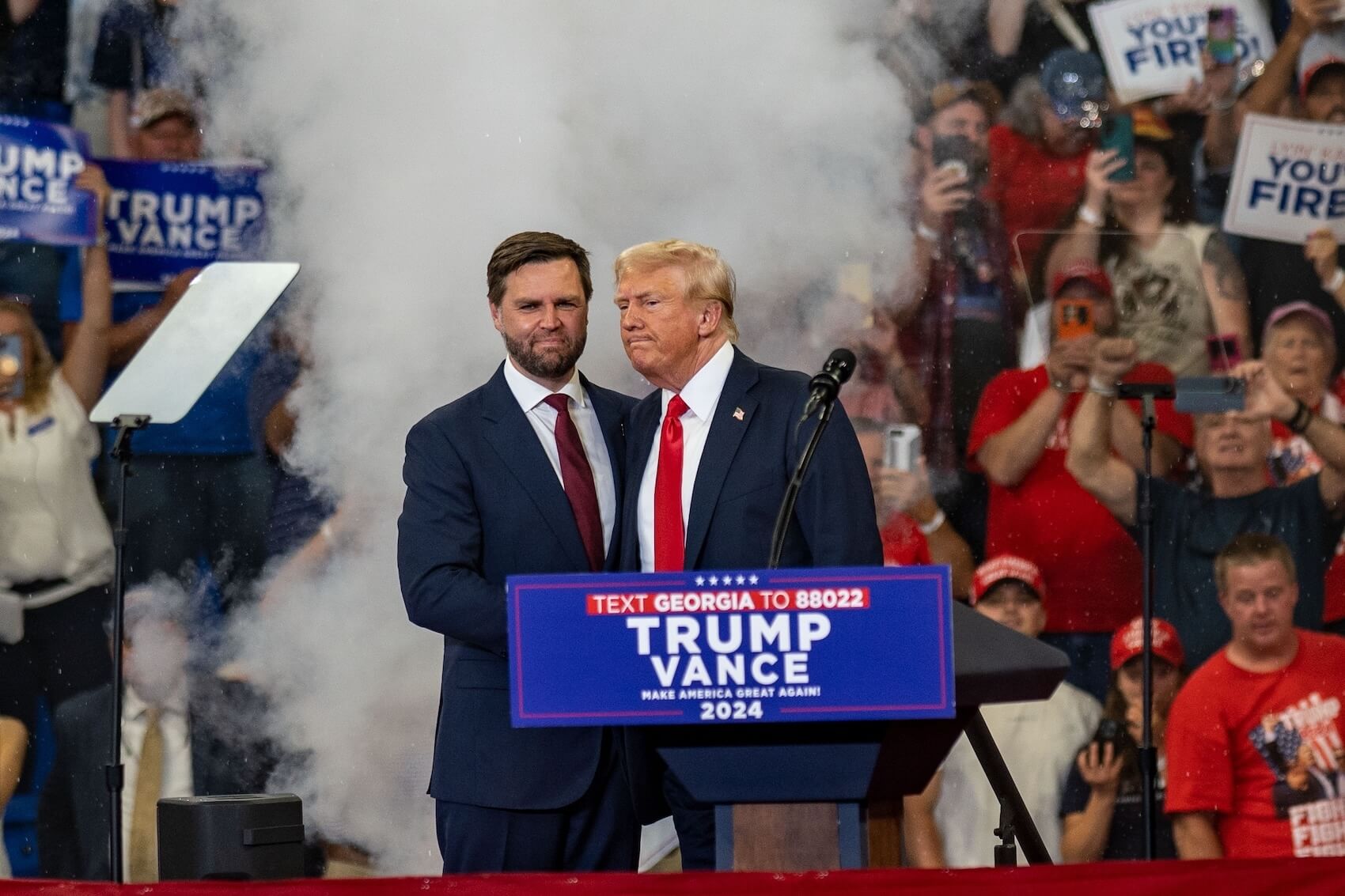
And lastly, Professor Ziller, American Vice President J.D. Vance and Elon Musk have both openly supported the AfD. How do you think their support will influence the elections on Sunday?
Dr. Conrad Ziller: This is a good question. This is similar to Friedrich Merz, who introduced a law in Parliament that was also supported by the AfD, leading to a significant debate about the extent to which this shift in their firewall policy might influence election outcomes.
What we are seeing at the moment is that the AfD is not necessarily gaining beyond 20 or 21%. Their support remains relatively stable. One might ask whether we are underreporting their numbers or whether some voters are not openly disclosing their support for the AfD. Perhaps a few do underreport, but overall, our surveys indicate that a considerable number of respondents now openly state their intention to vote for the AfD. This is a notable shift compared to previous years.
In the end, I don’t think we are underestimating what the AfD might gain. However, a significant segment of the German electorate remains undecided about how they will vote on Sunday. For these voters, the final days leading up to the election may still be crucial, and certain events or rhetoric could influence their decision.
I don’t believe J.D. Vance’s statement will have a major impact, but the recent terrorist attack in Munich might, as it is a deeply tragic event that affects people on an emotional level. This, of course, is a serious issue. I think such incidents have a greater effect on voter sentiment than what J.D. Vance said. However, his endorsement is part of a broader effort to shift the political narrative further to the right and enable more power for the AfD. What is surprising is how openly he has expressed his support.
This is also reflective of a larger trend in which populist radical right parties are becoming more transparent about their real intentions. In a way, this increased openness could be beneficial because it allows European leaders and the European Union to fully recognize the situation and take action accordingly. In fact, they are already responding, as seen in the upcoming conference on Ukraine, where efforts are being made to strengthen cooperation.

